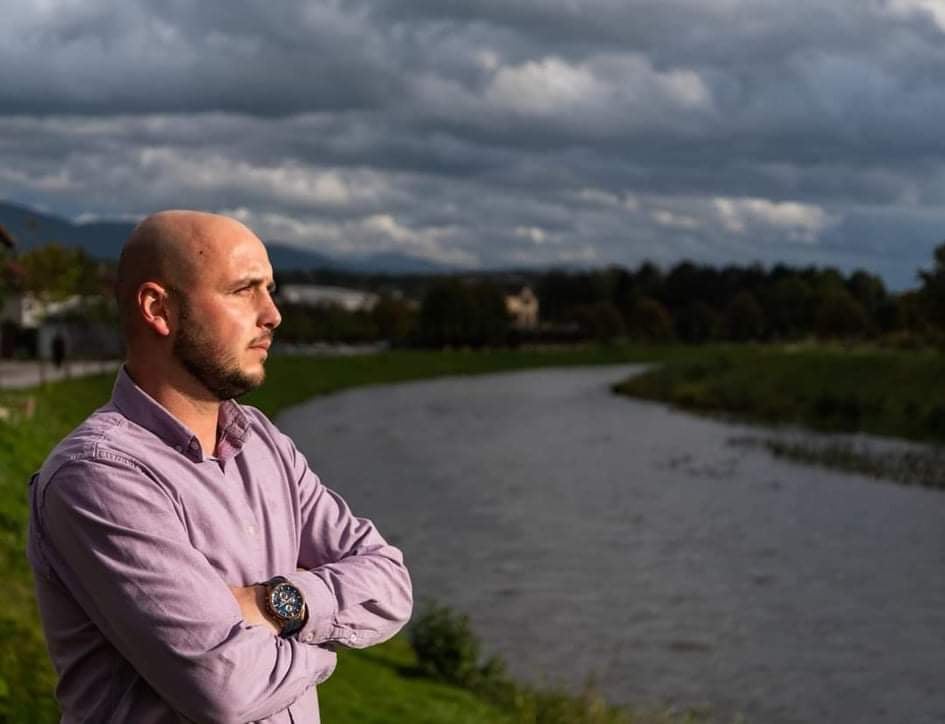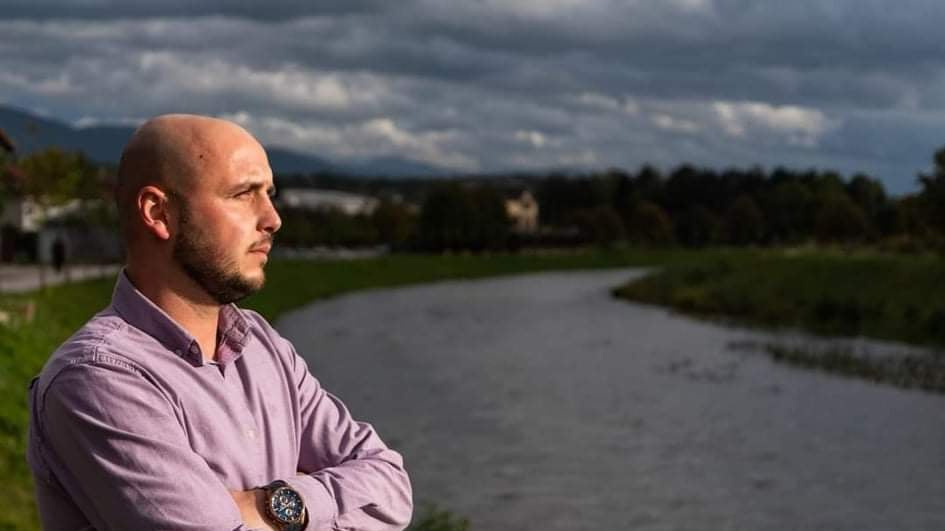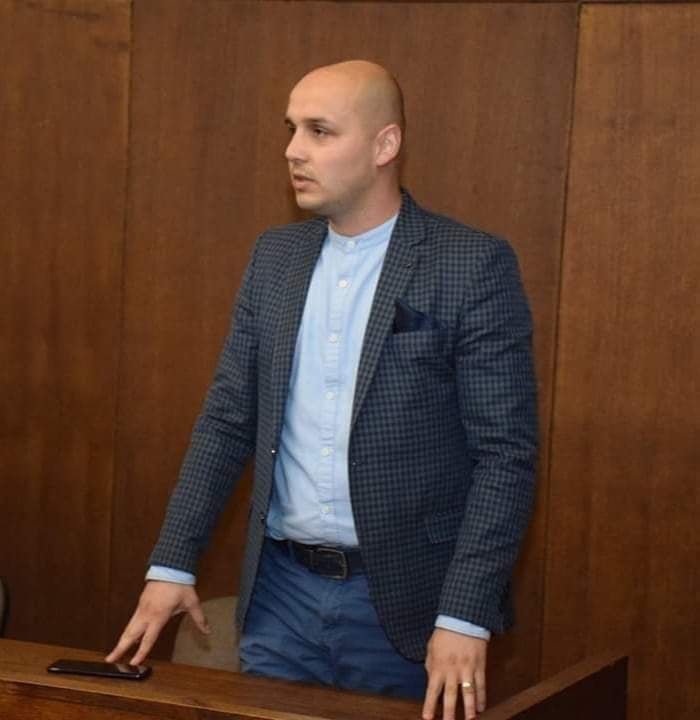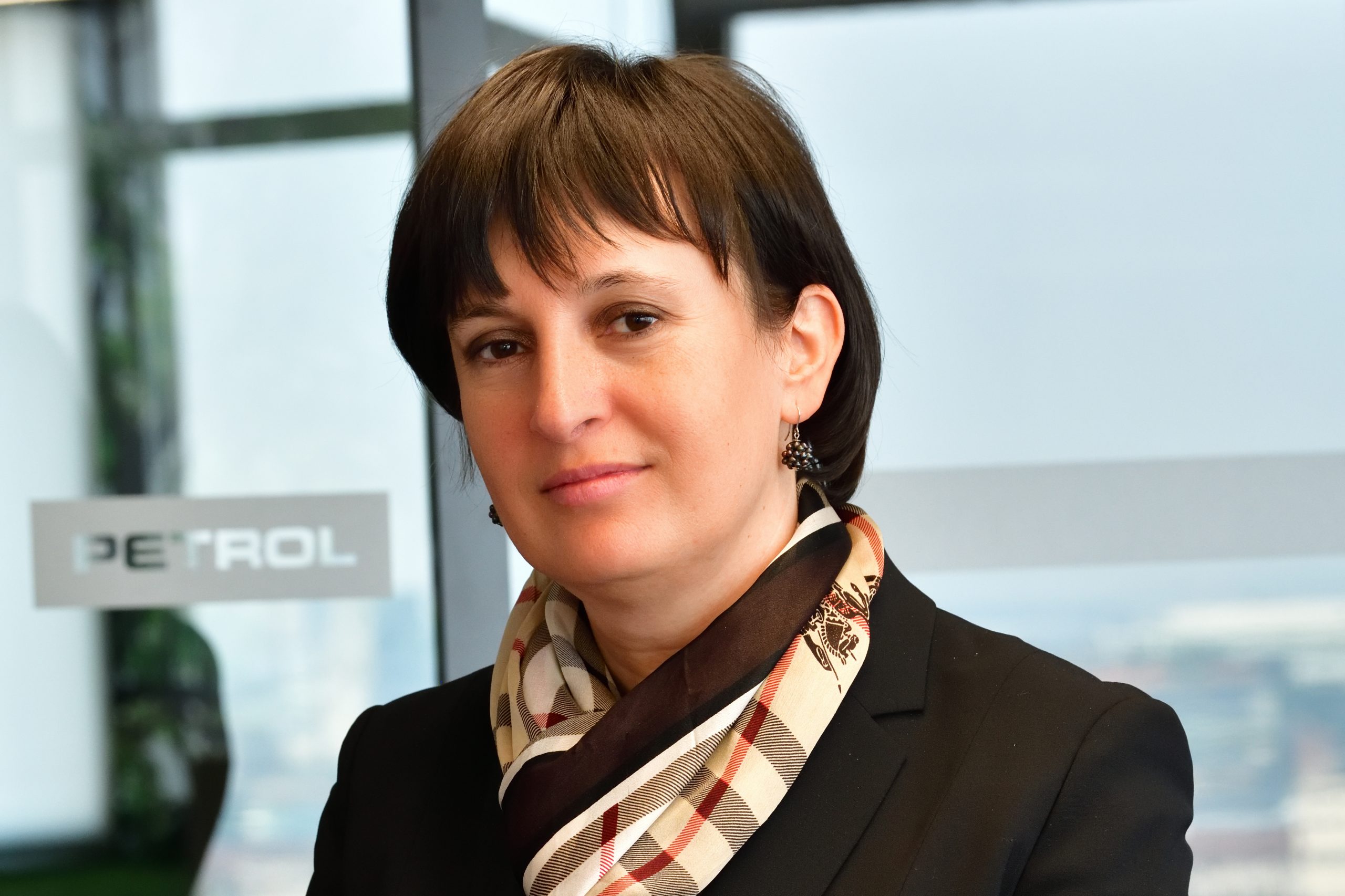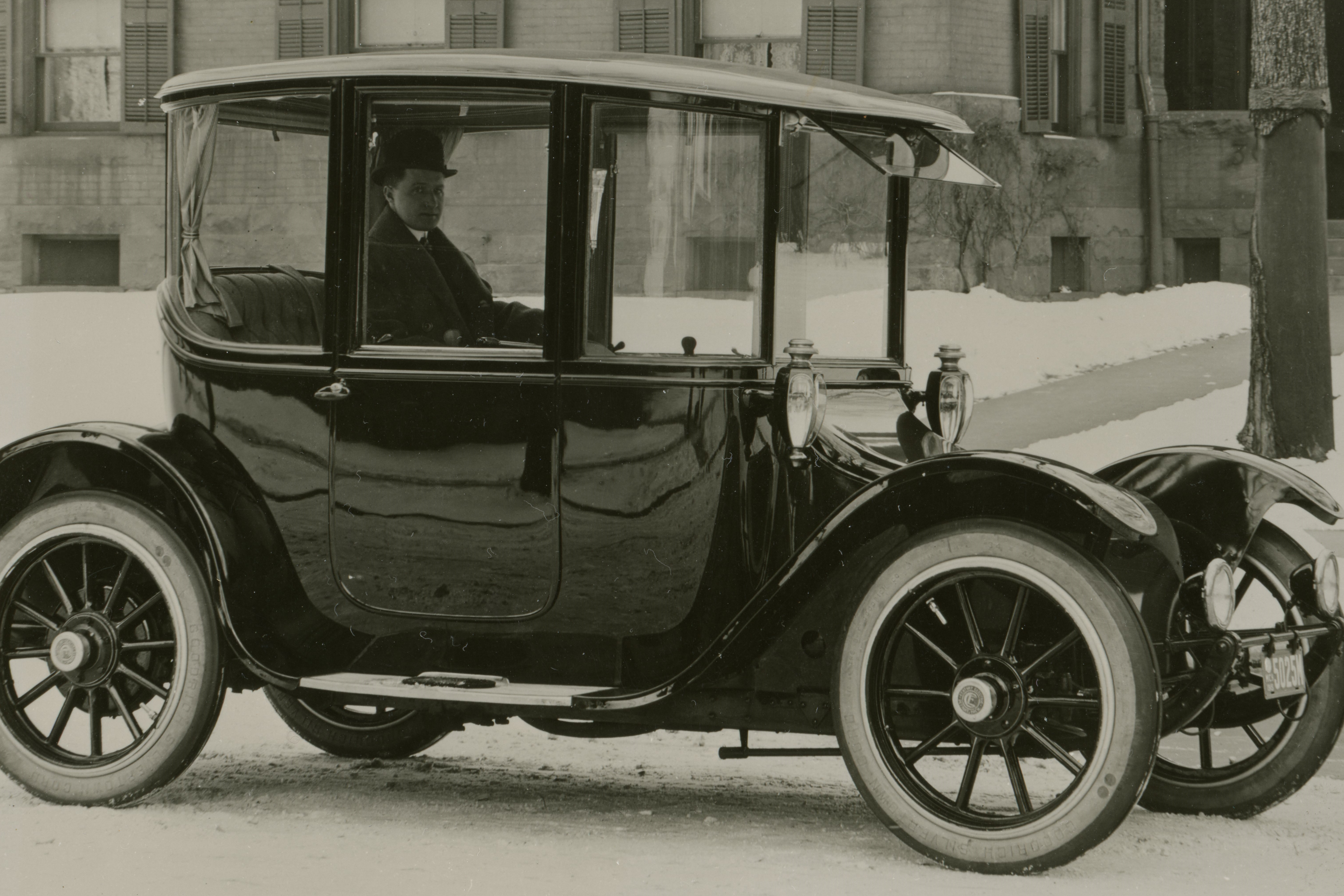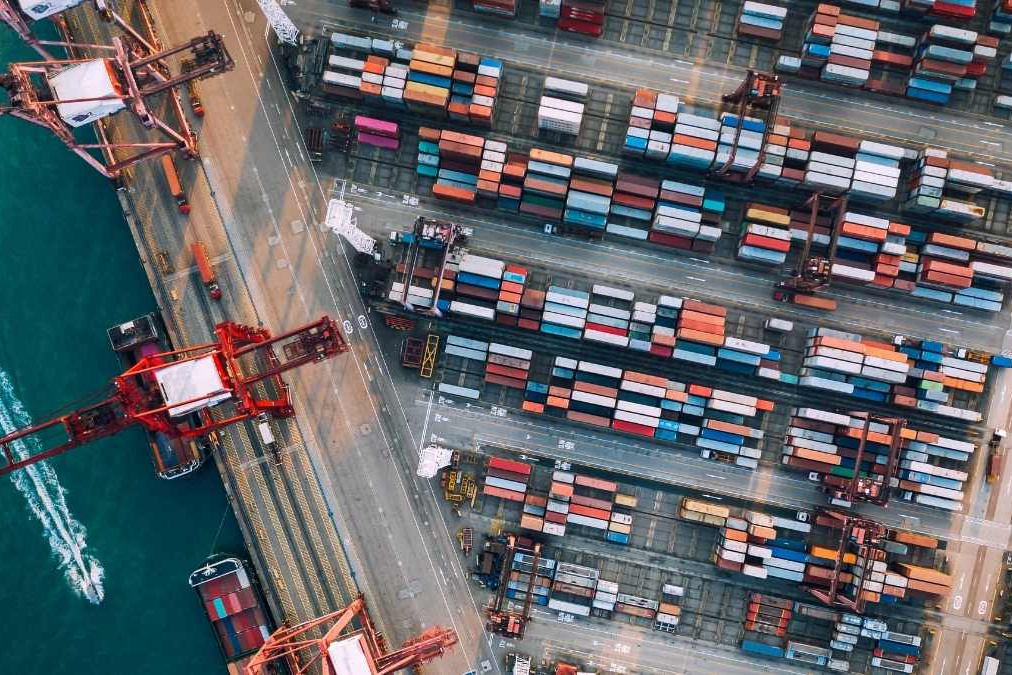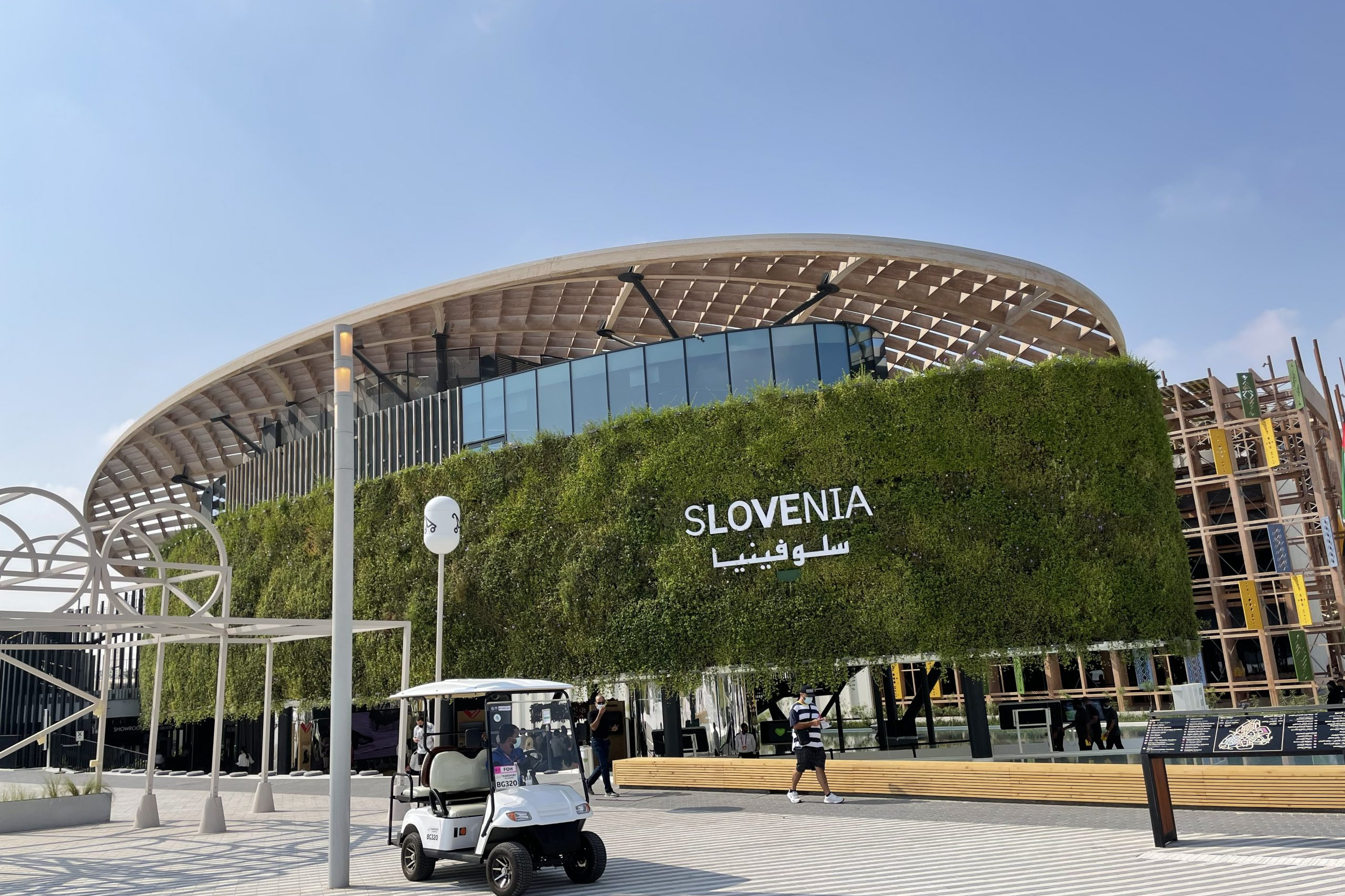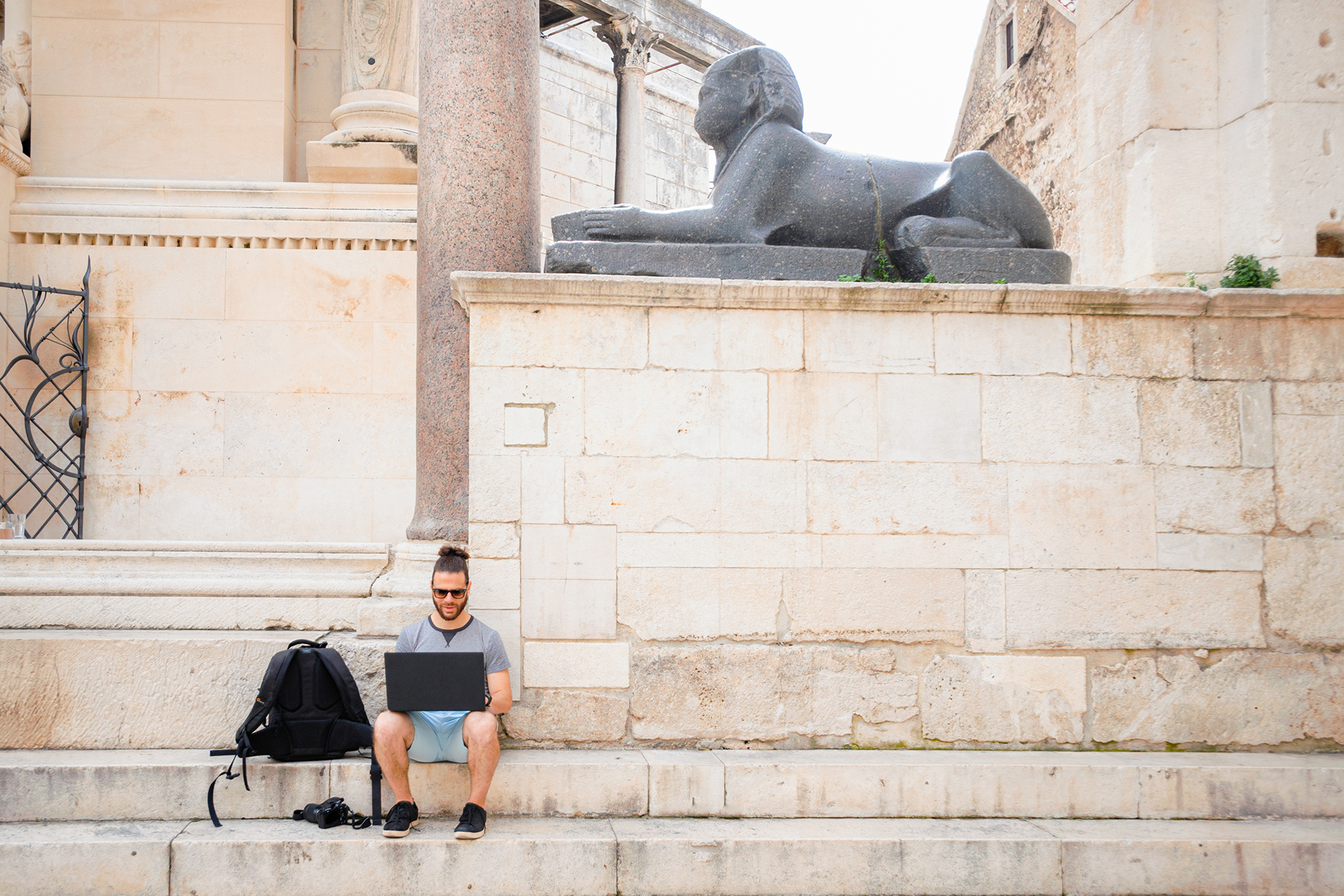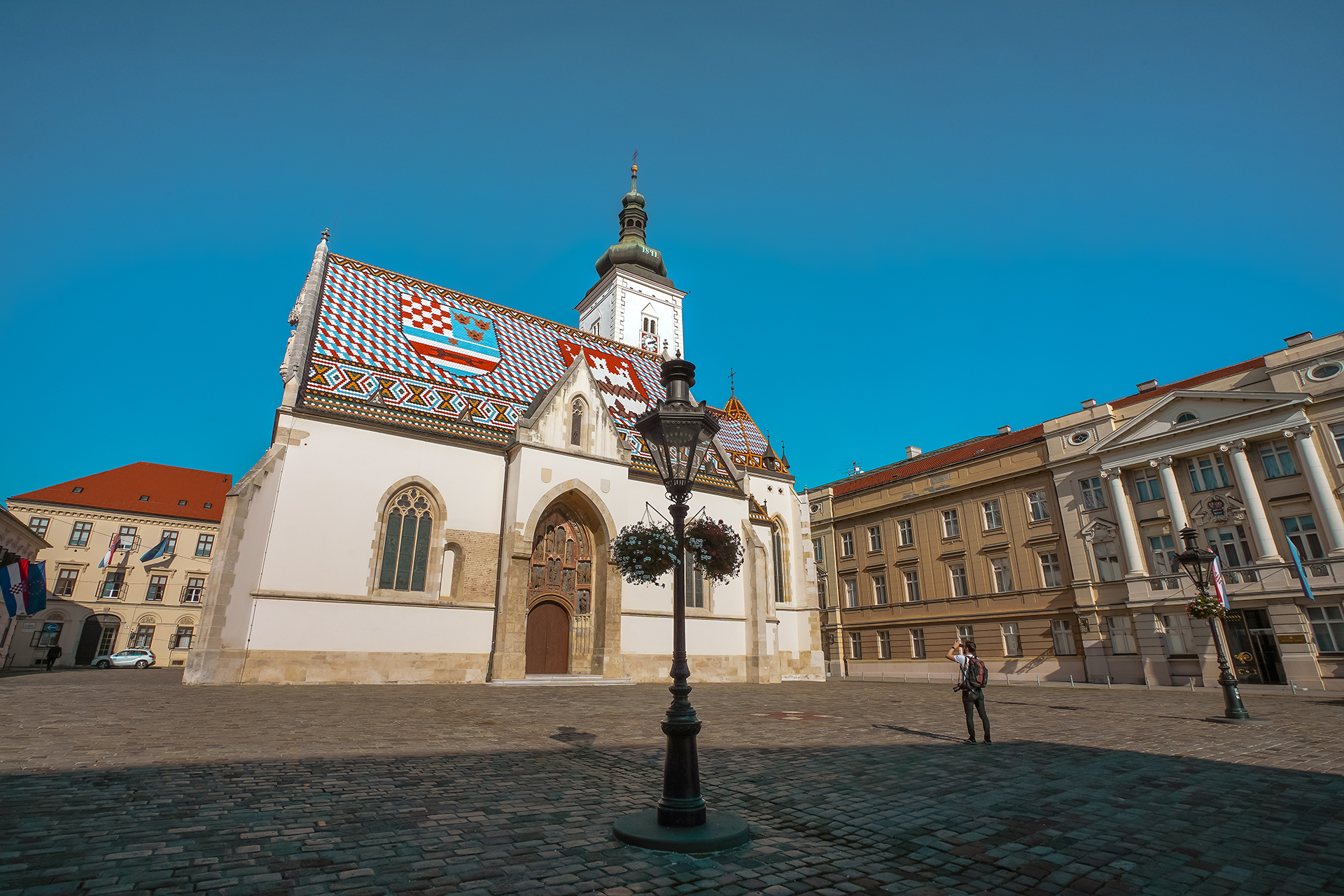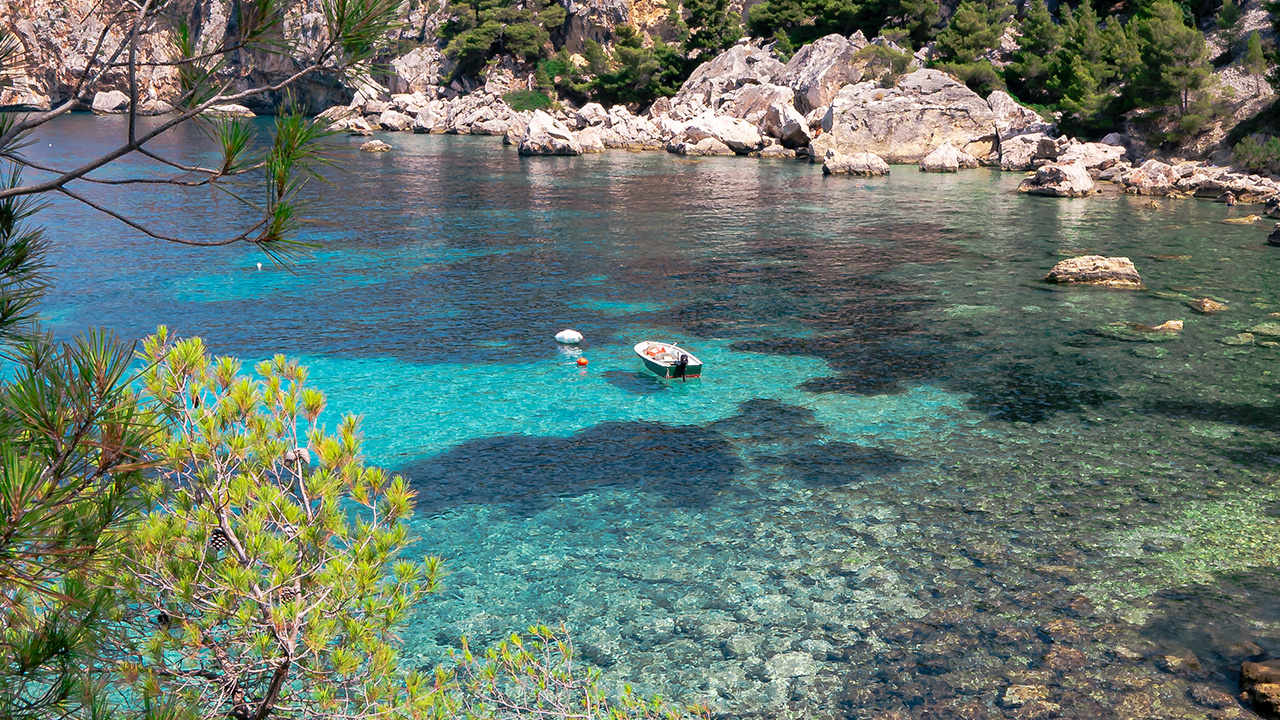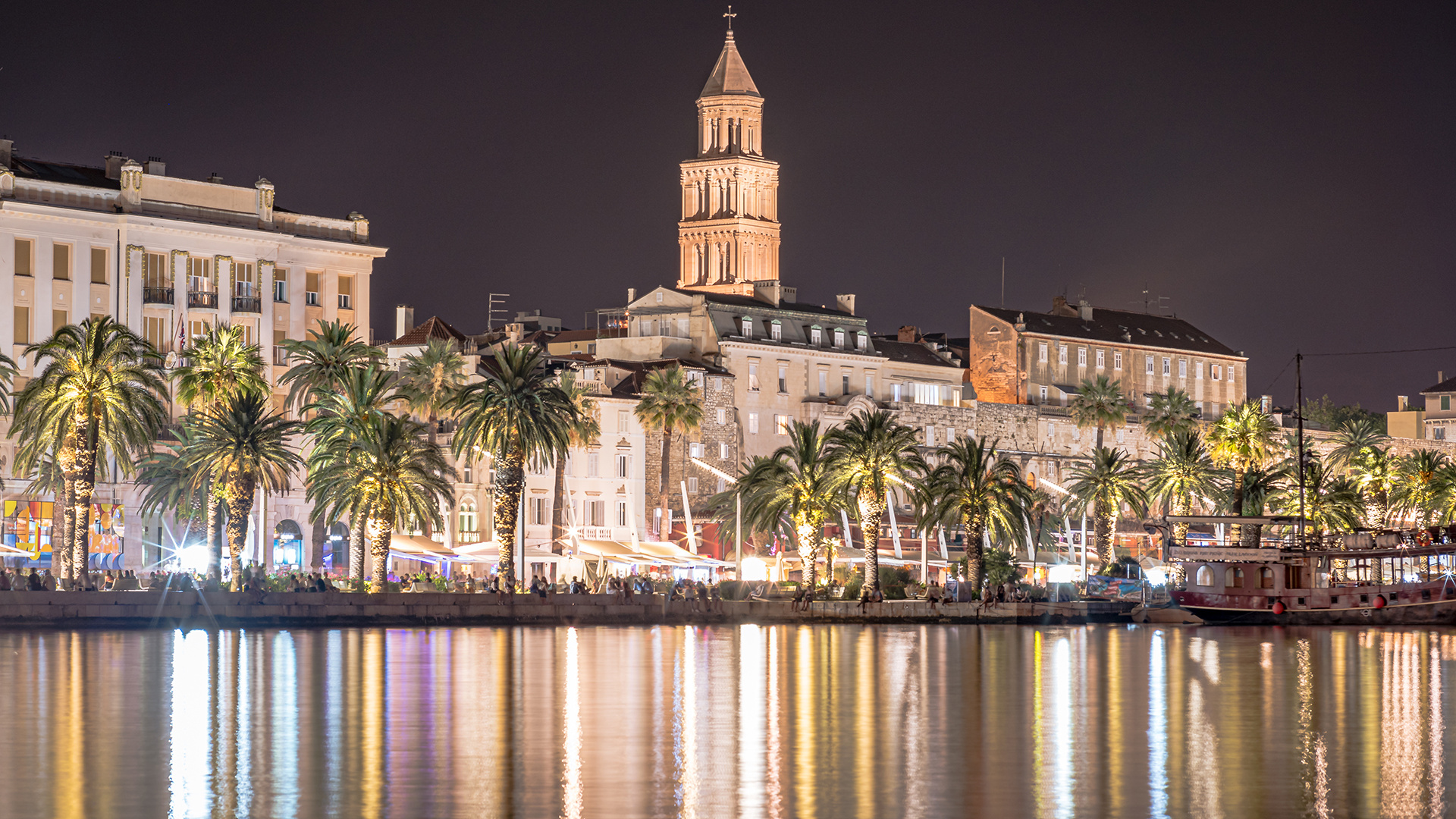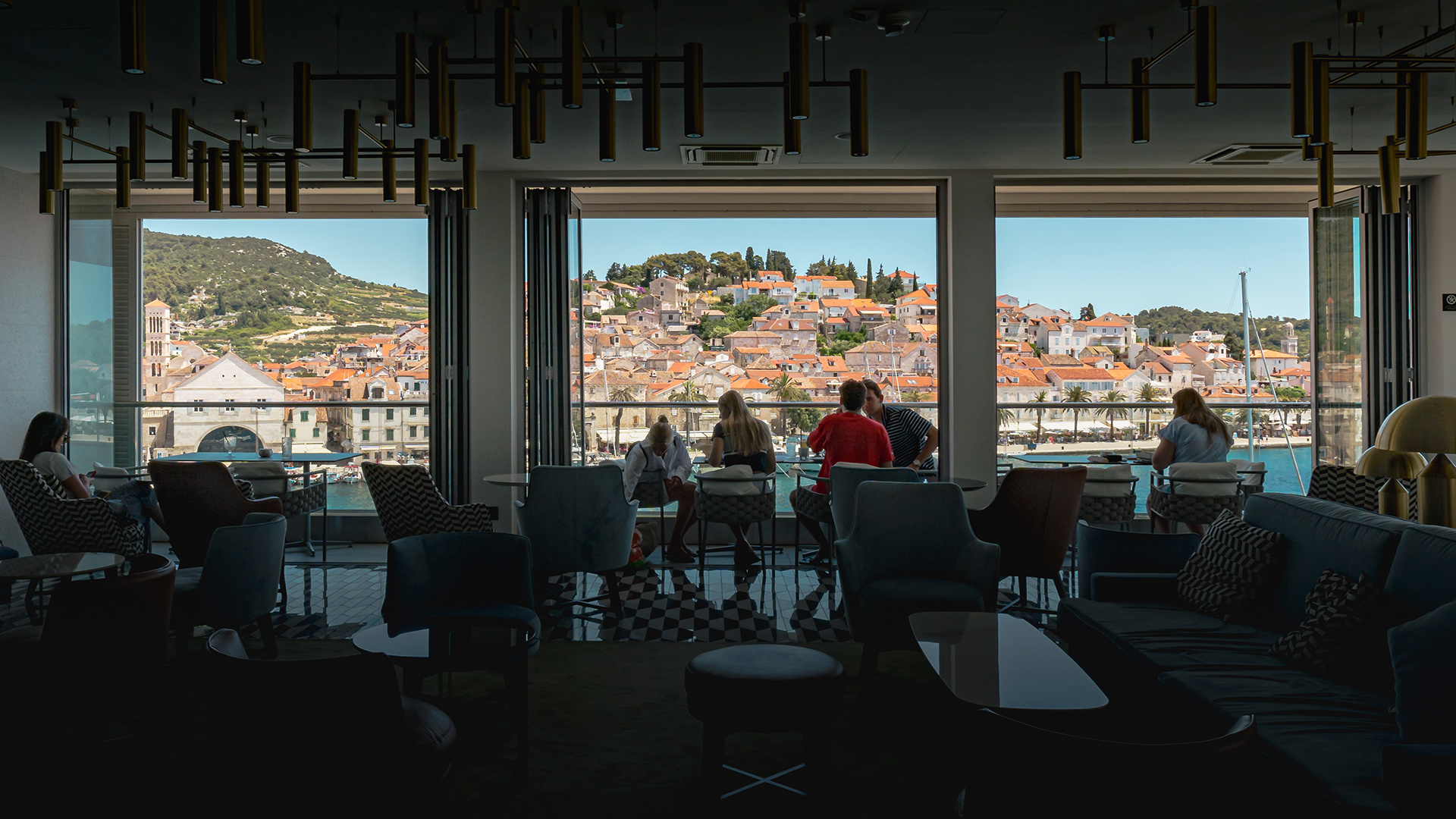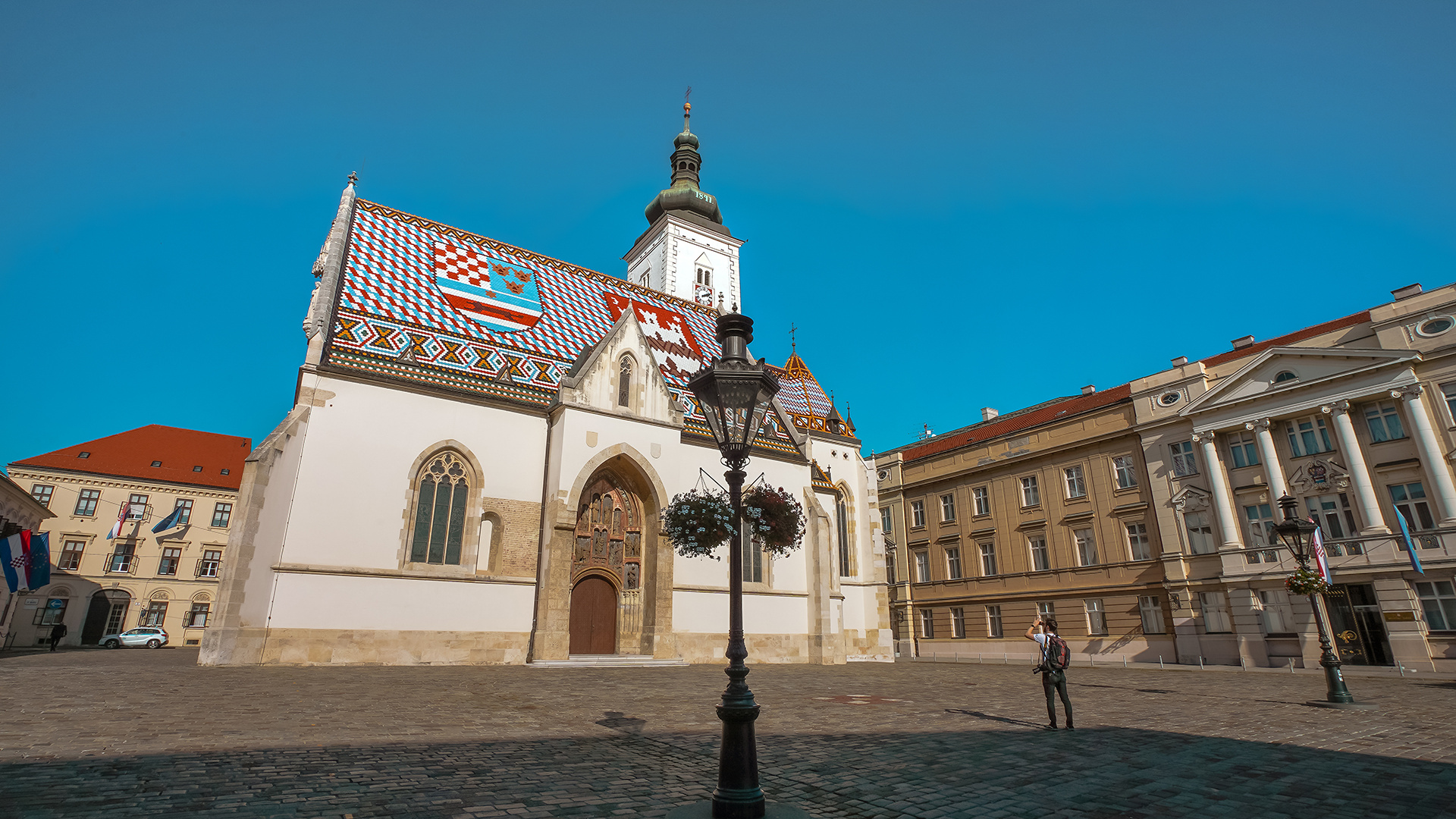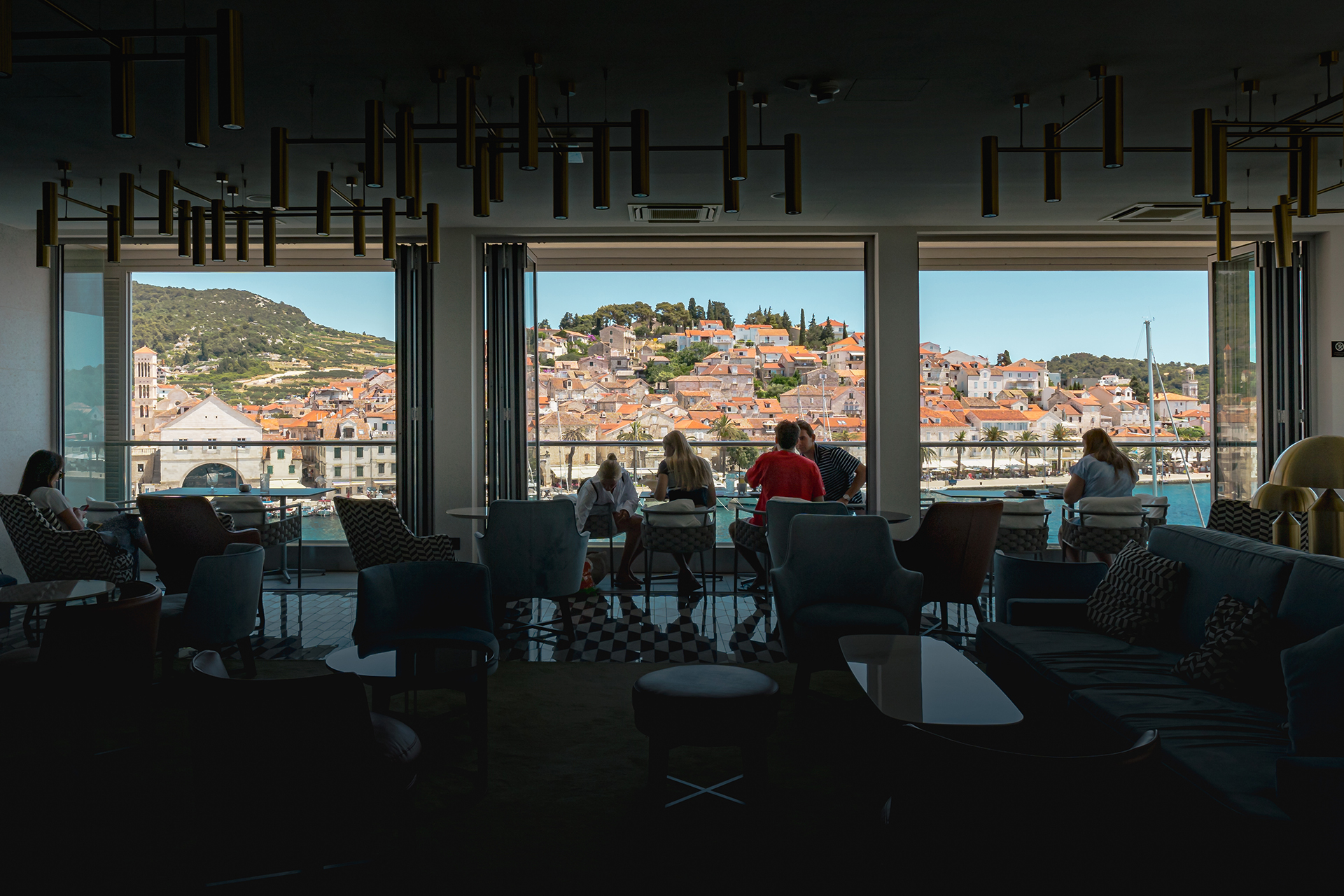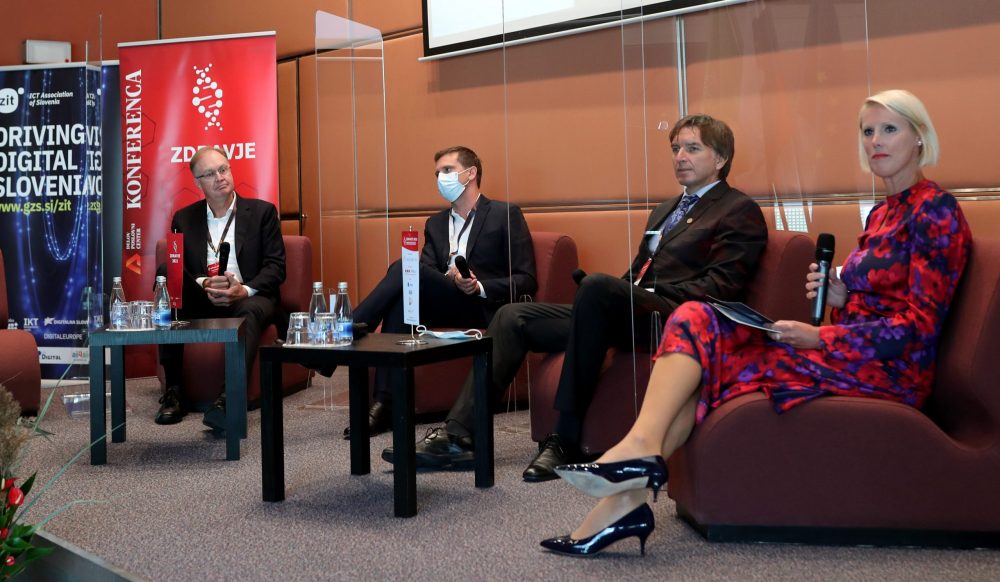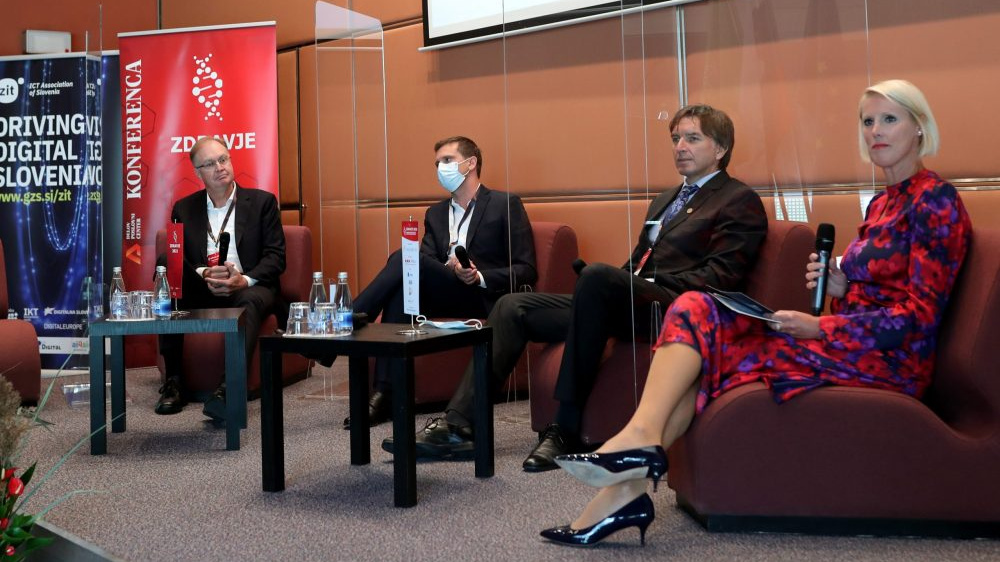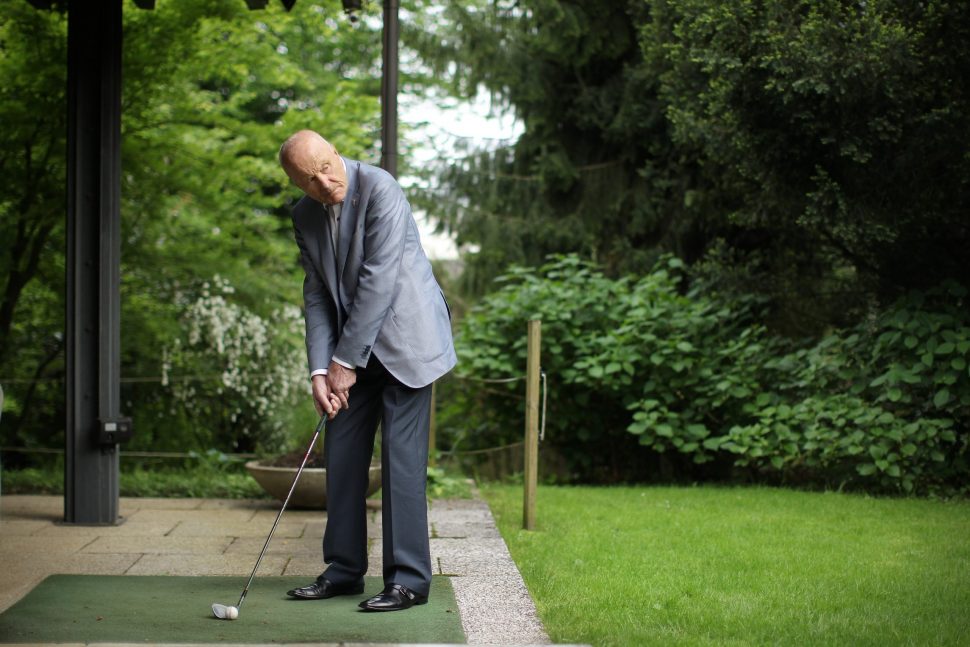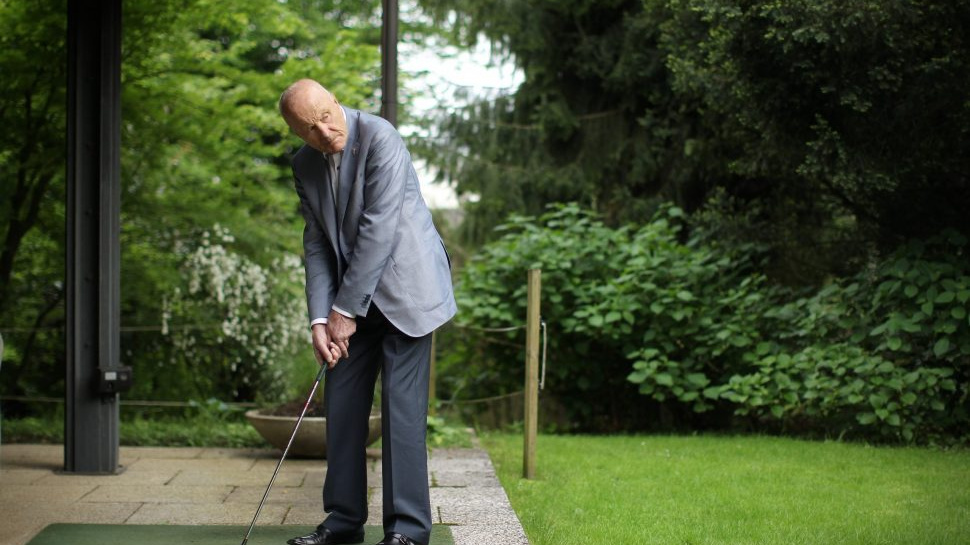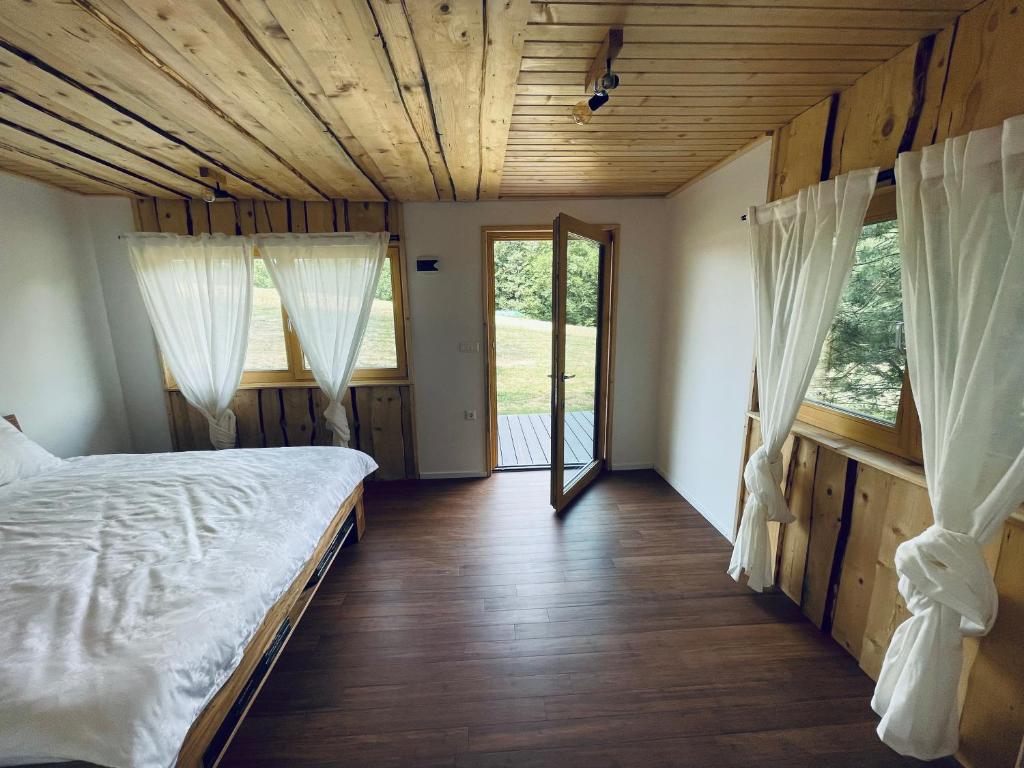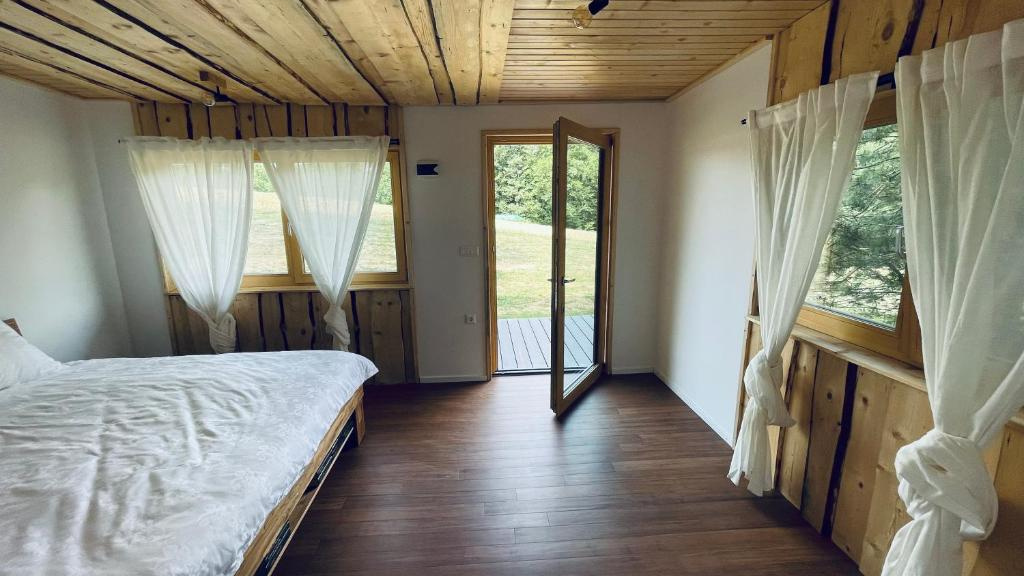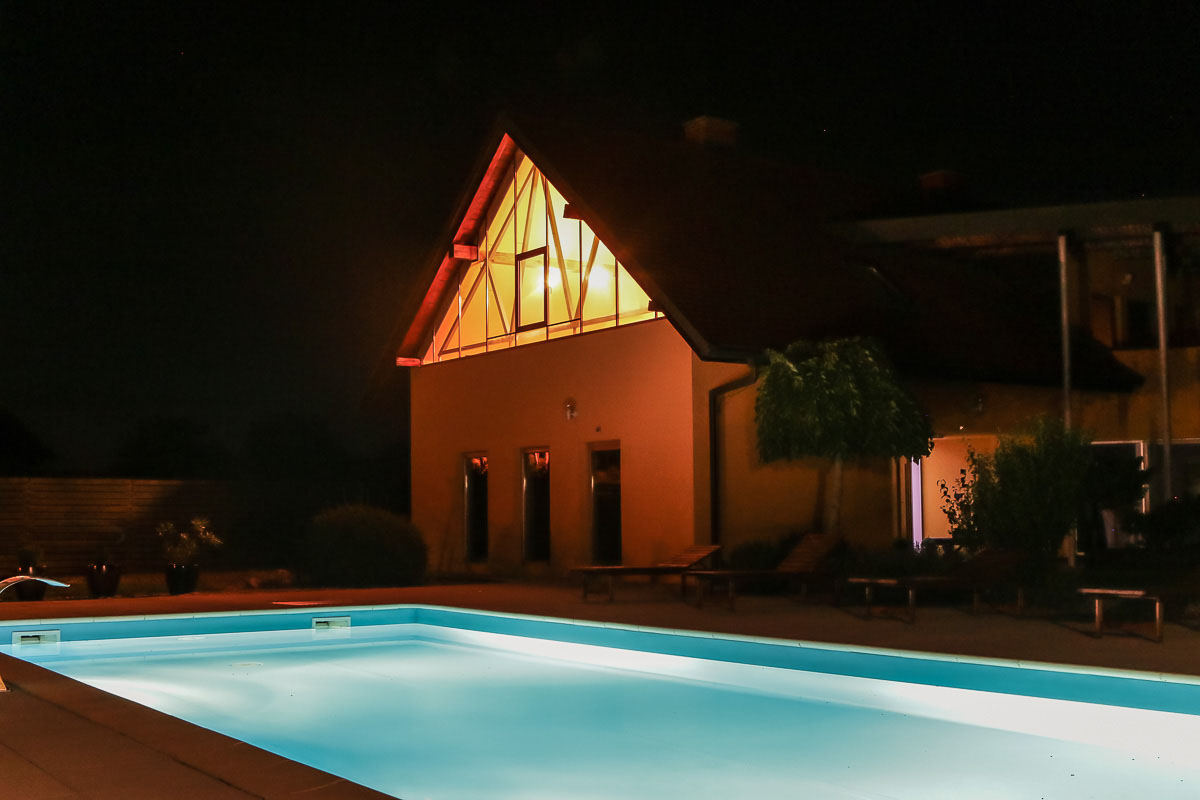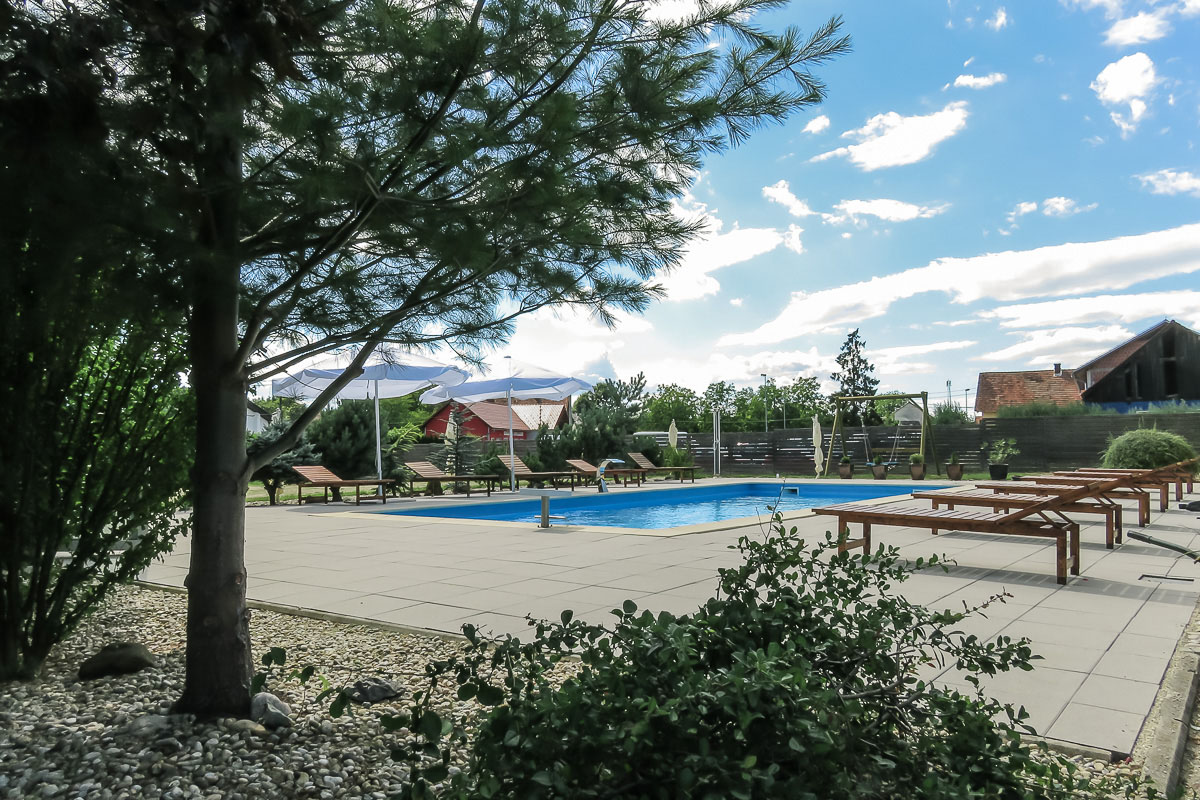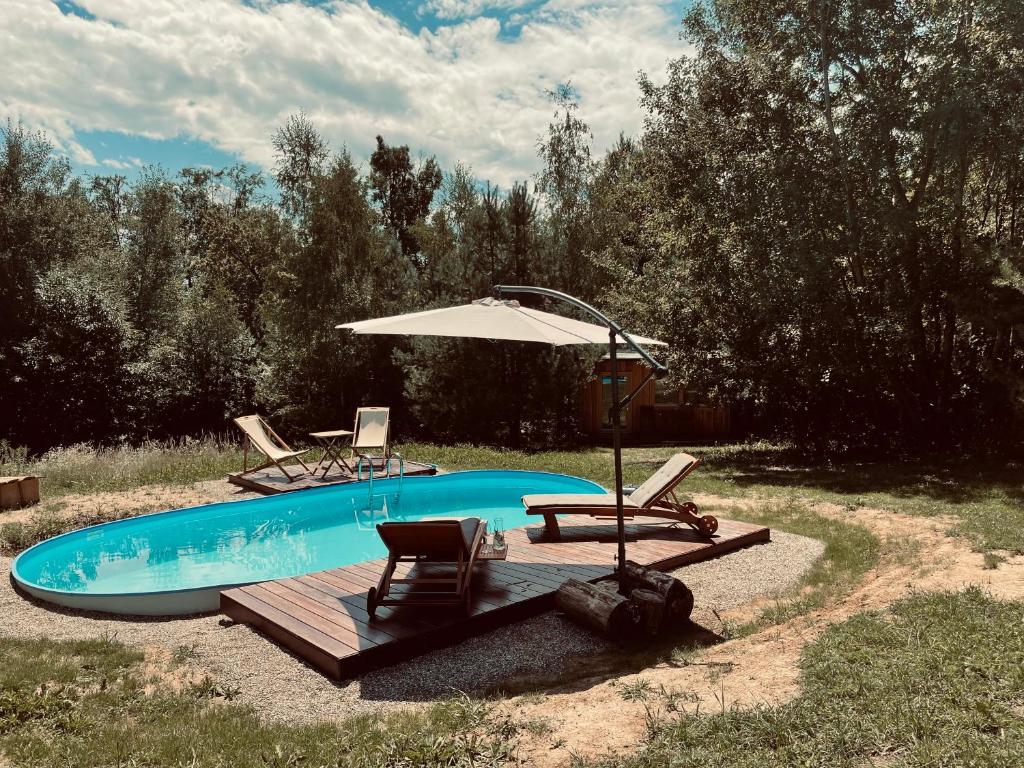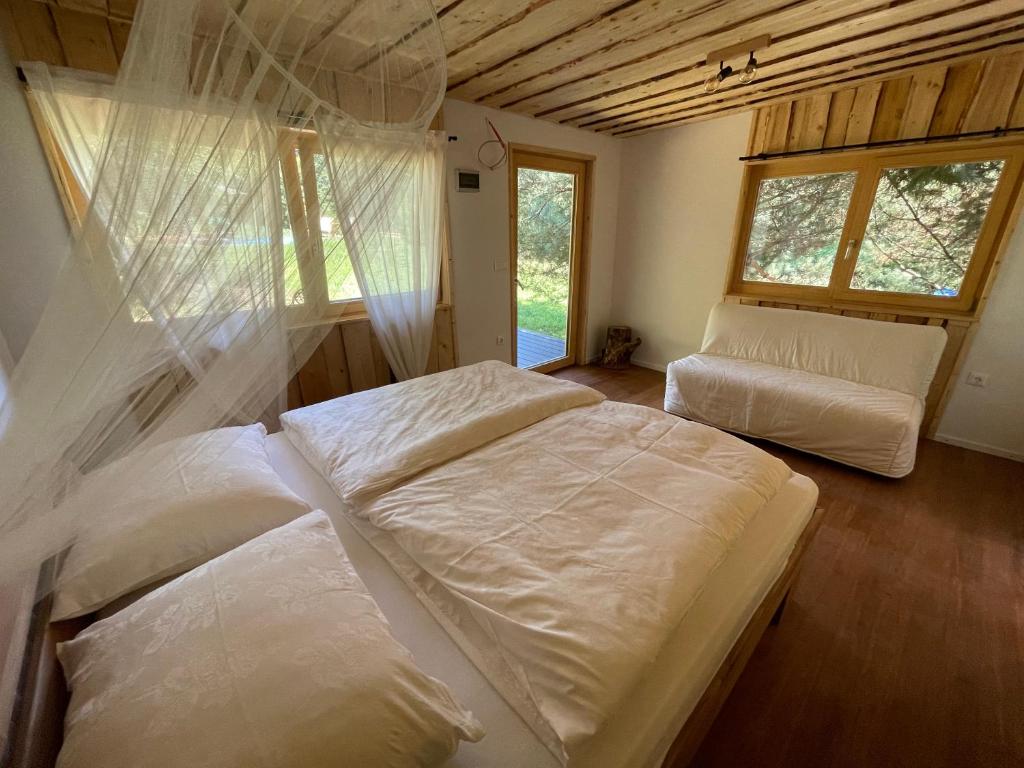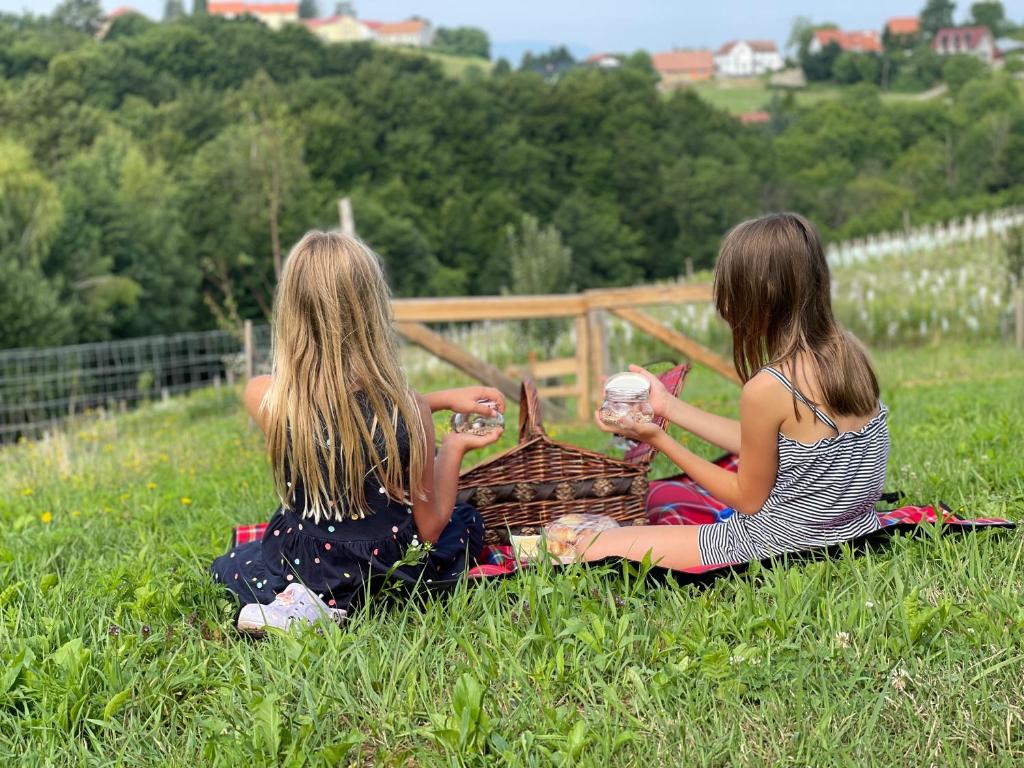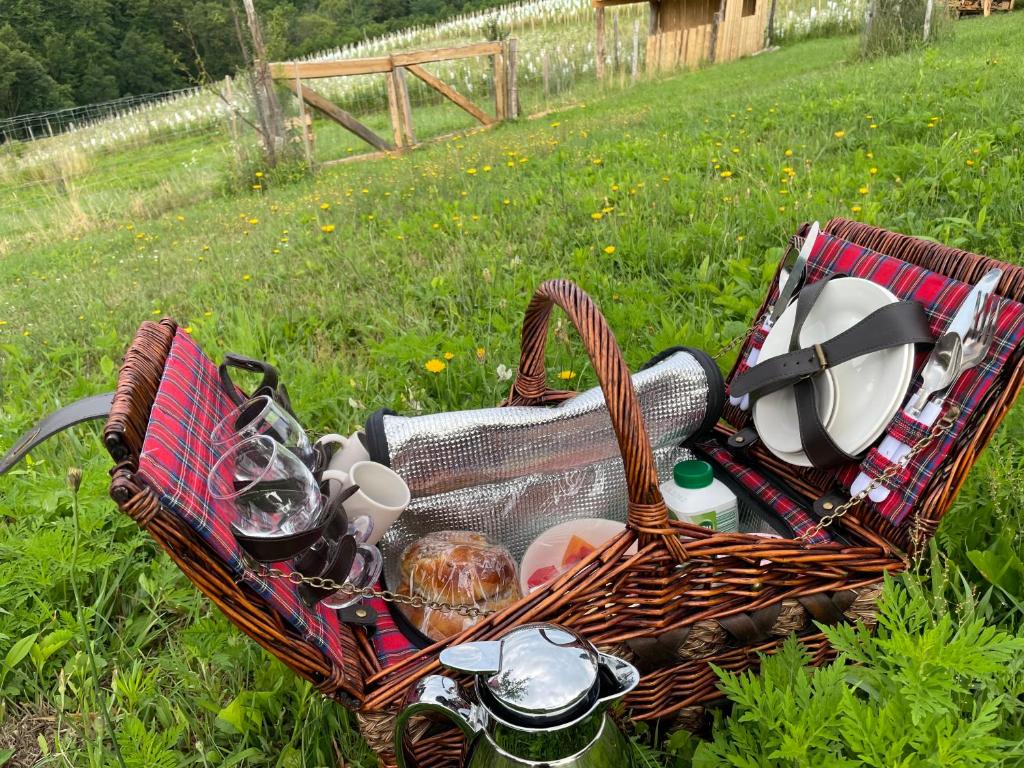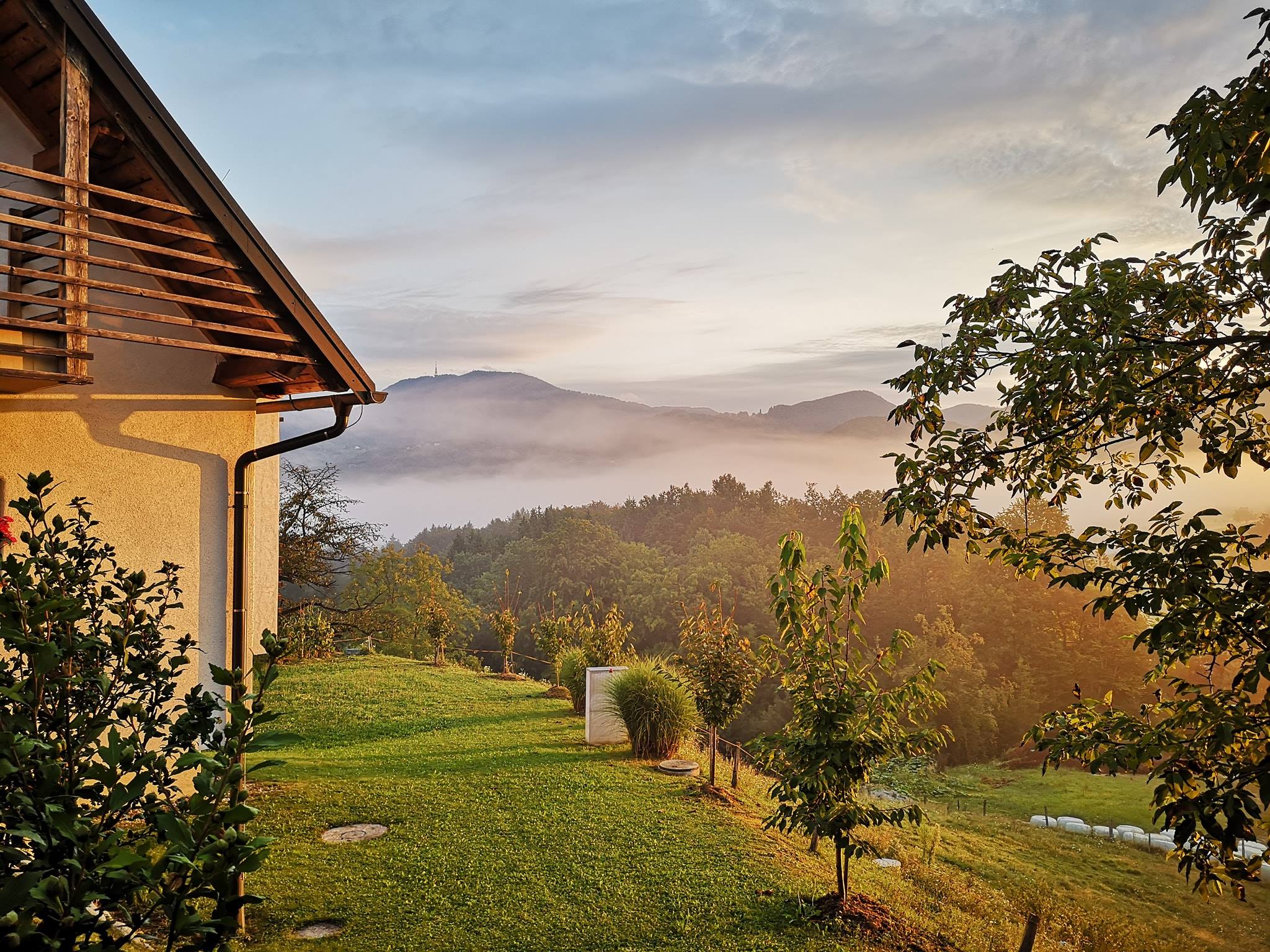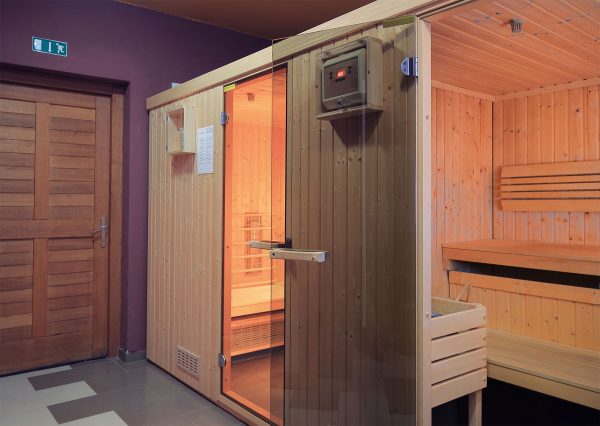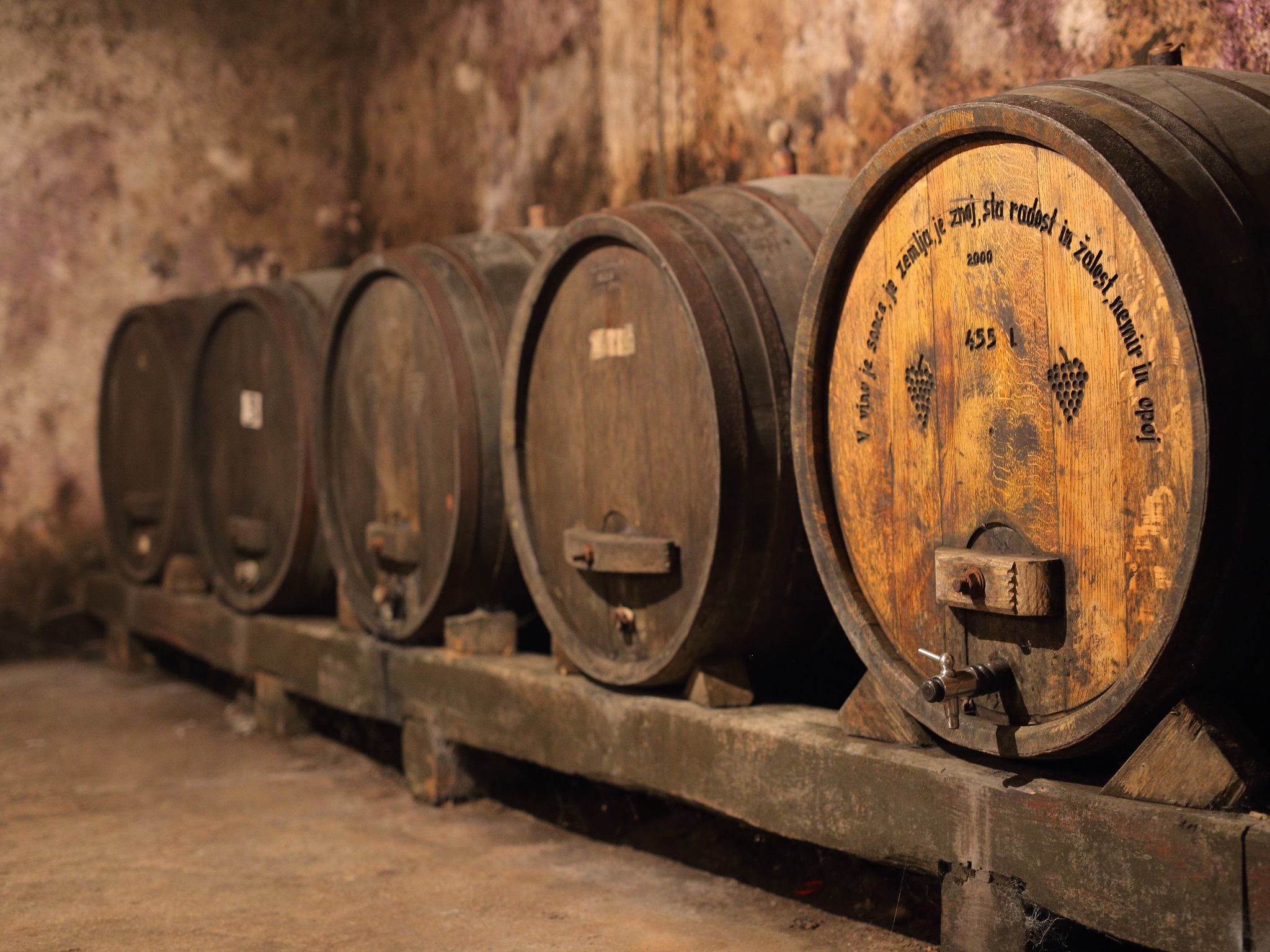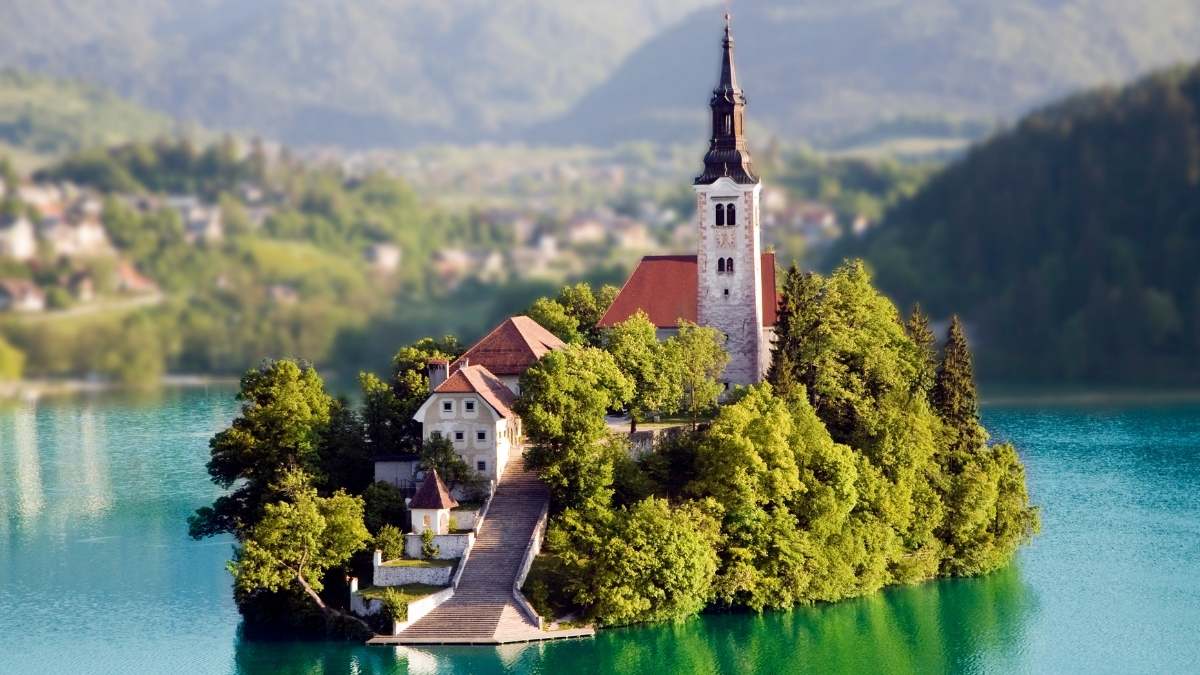The CEO Who Cut His Salary to Save the Company
editor
Haris Buljubasic
JOURNALIST AT THE ADRIATIC
Have you ever heard of a public company boss who cut his own salary while rising the pay of non-qualified workers?
Naser Rujanac, from the city of Donji Vakuf in Bosnia and Herzegovina, did exactly that while fighting to save a public utility company from closing down during the pandemic. In a country where many see a job in the public sector as a good source of private money, stability, and comfort, Naser forged a plan and saved the company, alongside the jobs of his employees.
„I think that the salary of the former director was too high, considering the condition of the company“, says Naser, who became the acting head of the company Gradina in July 2021. He found a company burdened with huge debts to the tax authority and had to act promptly to make sure company is up and running.
Motivating the most hard-working ones
Naser faced a company in dire straits. Bank accounts were blocked, and the company could not even secure gas although it was crucial for running machinery. First, he drew up a debt reduction plan and reached an agreement with the tax authority on the repayment schedule. But he also needed to keep his workers motivated, so he managed to secure them and pay rise.
„These are workers who work in all weather conditions. The company depends on their contribution, and we should appreciate that. There was too big a difference between the salaries of the company’s management and non-qualified workers“, Naser told The Adriatic.
The new boss also managed to find a way to settle the company’s old debt the employees. It required many cuts, he says, starting with small ones like cutting the business phone allowance.
“Eventually, every effort and sacrifice for the benefit of the community pays off many times over.”
Many in this country dream of a position like Naser’s. Jobs in the public sectors are seen as a good and a secure source of decent money. However, Naser insists that a public job means a chance to do something good for the local community.
He is well-known in the local community which has elected him a few times to municipal council. At first, Naser was member of the SBB political party (Union for a Better Future of Bosnia and Herzegovina), but later become an independent candidate. Having already worked in the company he is heading now, he knew very well what the problems were.
Will the hard work pay off?
Just like with many other public companies in Bosnia and Herzegovina, Naser is only an acting director. Whether or not he will be reappointed for a full four-year term, will be decided in January 2022. But he already has the support of the workers’ union which has recognized his efforts so far.
Naser is confident about achieving his goals. He said: “I could easily achieve the set goals. Unforeseen situations do happen, but with good organization, we will succeed.” In two months, Naser would know for sure.
How Big Data Contributes to Environmental Sustainability
Environmental sustainability
editor
Maja Nikoloska
JOURNALIST AT THE ADRIATIC
Climate change is one of the biggest challenges of our era. As a driving force behind the information revolution, Big Data has an enormous potential in improving environmental sustainability. Every day, millions of new data sets are being generated in the world, which has an important role in finding a successful solution to this global problem.
Data sources are becoming more and more complex and Big Data is being generated from different networks, devices, sensors, the web, social media. Basically, all human activity can now be registered, and the same is true for all natural phenomena occurring around the world. By analyzing relevant data sets and finding the right patterns, future outcomes can be predicted, and with proper use, real-world problems such as environmental sustainability can also be solved.
To face the challenges in the environment, many environmental organizations use Big Data analytics solutions to improve their practices and refine their methods. The main sources of sustainable data are satellite photos and public databases, requiring public-private collaboration – with collecting, crossing and relating data from physical components such as droughts, earthquakes, rains, fires, with data on social components such as light intensity per household, telephone calls, social networks activity and use of transport. Further analytics can show how all these data can help avoid geopolitical conflicts, understand human behavior in case of natural catastrophes or humanitarian crises and understand the vulnerability and the resilience in different situations.
Analytics play a major role in achieving a better world for everyone
To improve decision-making in both the public and private sectors, Big Data can also be used for ecological forecasting. Life Under Your Feet, for example, is a tool that gathers data from satellites on the global variation of humidity or temperature. This way the study of climate change is more precise. Near real-time tracking of the data can be beneficial for environmental change, in order to make actions consequently to the changes within a similar temporal scale, which is often hard to do since there is very little time. By identifying the patterns of suspicious behavior on time, the time frame of the reaction is extended. These kinds of early warning systems, are somehow the way to improving outcomes for nature and people. Furthermore, the Ocean Observatories Initiatives, monitor the ocean activity and do real-time analysis to predict the risks of possible tsunamis or seabed movements.
With integrating Big Data into government policies, better environmental regulation is ensured. Using the latest sensor technology, governments can easily acquire real-time reporting of environmental quality data. This data can be used to monitor the emissions of large utility facilities and if required put some regulatory framework in place to regularize the emissions. In order to achieve the required results, companies are granted complete freedom for experimenting and choosing the best possible mean. For example, India Night Lights collects data from the light intensity in India to know exactly where the energy consumption is, or the increase or decrease of the electrical use.
Every year more and more data is being recorded, so with no doubt, Big Data analytics plays a major role in achieving a better world for everyone – also by monitoring and controlling future environmental changes and sustainable development.
Go Greener, Get More Added Value…
Business
editor
The Adriatic Staff
At the beginning of October, Ljubljana hosted business conference Exporters 2021: How Agile is the Slovenian Economy in the European Union, organized by the media outlet Delo and the Institute for Strategic Solutions.
At the conference, panellists reflected on the opportunities the European market offers for the Slovenian economy, as well as how to increase the added value in Slovenian exports and how to achieve a digital and green transition that will address the challenges of the coming years.
»Slovenia is a small story in the world, we depend on global forces. At the global level, there is a race between the US and China. At the local level, the opportunity for us is entrepreneurial ingenuity and how we can respond to what is happening. Europe will have to become more integrated and stand up to other superpowers. Slovenia needs to engage in lobbying at EU level and, above all, look for business opportunities within this environment,« said Domen Prašnikar, founder and CEO of Valior.
More technology for more user-friendly solutions
»Is the consumer willing to pay more for something that is made just for them? Rather than doing more for less money, we should use technology to create products that are made specifically for the consumer,« added Zoran Stančič, Associate Adviser at the European Commission’s Directorate General for Communications Networks, Content and Technology (DG CNECT).
As Zdravko Počivalšek, Minister of Economic Development and Technology, said in his address, Slovenia has created the conditions for restructuring the economy, which will bring new and better jobs.
Tine Kračun, Director of the Institute for Strategic Solutions (content partner), Aleš Cantarutti, Director General of the Slovenian Chamber of Commerce and Industry, and Stojan Petrič, Director of the media outlet Delo attended the conference.
Battling uncertainty with the single market
Photo: Jože Suhadolnik/Delo
Keynote speaker Kerstin Jorna, Director-General of the European Commission’s Directorate-General for Internal Market, Industry, Entrepreneurship and SMEs, highlighted the strength of the Slovenian economy, including tourism. The EU has learnt through the crises that it needs to strengthen the resilience of the single market, and that SMEs are particularly important as they are the backbone of the European economy… The single market is crucial in uncertain times, she stressed.
The three panels brought together excellent panellists who highlighted the need for Slovenia to further strengthen its productivity, to make better use of global events such as sporting events it hosts, and to invest more in research and development.
Slovenia’s economy also has its strengths, which are recognised by international markets, obviously. As Bojan Ivanc, Chief Economist at the Chamber of Commerce and Industry of Slovenia (GZS), said, »We have a lower price for a product or service than our competitors, while at the same time we ensure adequate product quality and qualified staff. The uniqueness of products and services and the flexibility to respond to customers’ wishes are also advantages in favour of our exporters.«
Still challenges to going green
Gorazd Justinek, Assistant Professor of International Political, Economic and Business Relations at the Faculty of State and European Studies. He believes that the role of Slovenian economic diplomacy in third markets, outside the EU, is relatively weak, and it should therefore be strengthened.
However, Slovenia has a good foundation in the area of digitalisation of companies, said Davor Jakulin, CEO of ATech. Domen Prašnikar agrees: »Slovenian companies are cutting costs and making the transition to digitalisation. However, I see more challenges to go green,« said Prašnikar.
THE ADRIATIC
This article is part of The Adriatic Journal: Strategic Foresight 2021
If you want a copy, please contact us at info@adriaticjournal.com.
Bosnia’s Booming Handmade Beauty Industry Boosted by Social Media
editor
Haris Buljubašić
AUTHOR
If you open your Facebook feed, you will most probably come across promotions for beauty products. And, a lot is offered. From zero-waste solid shampoo bars to bronzers which will make your skin glitter and tan faster. You have hair loss issues? Not a problem at all, you can easily find many home-made products on offer. Beauty industry producers have a lot in common. West majority of them are young women, many claim their products are all natural and they largely rely on social media to sell their ‘babies’ as one of the entrepreneurs we talked to called their products.
“I had a lot of problems with my skin, like sensitivity to chemical ingredients in care products, facial eczema and inability to use standard hair removal methods”, says Meliha Klopić-Murtić, owner of the Magic Touch Natural Cosmetic brand. She started her business in 2013 with one product alone – suggar paste for hair removal whose formula Meliha protected at the Institut for intelectual property of Bosnia and Herzegovina.
Naturalno.ba is also ran buy a young woman and she changed the concept of her business a lot, ever since she started it. Mirzana Arnaut’s products became well-known among those who are striving towards zero-waste or less-way lifestyle.
“We are now focused on solid cosmetics in paper packaging that is compostable / recyclable. So weight towards zero waste products“, she said adding that 90% of her sale happens through social media such as Facebook and Instagram.
Social Media key to success
Mirzana is not the only one who counts on social networks to sell what she makes at her lab. Anela Hodžić-Musić does so too. She thinks social media is essential in her business and stresses out the importance of creating engaging content that will attract your potential buyers.
Social media is important to gain trust, increase awareness about your brand and increasing your sale.
She started production of natual cosmetics called Balance only two months ago, despite the ongoing pandemic that has affected the entire industry.
COVID-19 challenges
Although the pandemic has increased online shopping, due to stores being closed for months, it also brought many challanges to these enterpreneurs. They were not prepared for them, but had to quickly find solutions to keep their businesses run successfuly. Magic Touch’s sale was heavily hit.
“Our best-selling products are all mostly used in the summer, on holidays or for night out. But, people were locked in houses and for that reason, our sales were worse than before Corona”, says Meliha for The Adriatic.
Naturalno.ba imports most of the packaging and ingredients from outside of Bosnia and Herzegovina, so importing them was their biggest challenge during the early phase of COVID-19 pandemic. Mirzana says her business was basically paralyzed, though situation has quite normalized and she believes their time is yet to come.
The pandemic didn’t prevent Anela from making her dream come true and start running a small business of natural cosmetics.
“My opinion is that COVID pandemic definitely turned many to online shopping. People spend more time at home and don’t want to go to shopping and be at risk. So they choose to shop online”, she concluded.
While all three are trying to grow their business, they are facing a lot of competition. The question is – who is manage to attract new and keep existing buyers.
THE ADRIATIC
This article is part of The Adriatic Journal: Strategic Foresight 2021 project.
If you want a copy, please contact us at info@adriaticjournal.com.
Nlb Supports the Largest Petrol’s Expansion in Decade
Expansion
editor
Jan Tomše
EXECUTIVE EDITOR
NLB and a syndicate of banks successfully financed Petrol's expansion in Croatia.
As the leading bank in the market for the organization of syndicated loans and issuance of securities, the NLB continues to successfully support and finance the expansion of Slovenian companies in the region. The bank has signed a syndicated loan agreement with Petrol d.d. Ljubljana, to finance their acquisition of a 100% business share in the company Crodux Derivati Dva d.o.o., totalling EUR 200m.
The international syndicated loan was organized together with Privredna Banka Zagreb. Banka Intesa Sanpaolo, UniCredit Banka Slovenia, SID banka and SKB banka were also part of the syndicate.
Blaž Brodnjak, CEO, NLB d. d.: “In the region of South-Eastern Europe, there are no global players. This is a specific and competitive environment, which offers great opportunity to local and regional players, provided they have the potential and a vision of what they want to do. Slovenia is therefore reaffirming its “Made in Slovenia” brand. Recent transactions carried out by Slovenian companies are once again returning Slovenian capital to a more significant extent. For instance: Petrol is becoming the second strongest oil trader in Croatia, and NLB the third strongest bank in Serbia.
»NLB remains a reliable partner for Slovenian economy both at home and in expanding Slovenian companies’ activities in international markets. We provide our clients with long-term sources of financing and advise them in proper structuring. We, therefore, support all projects that are important for the economic development of Slovenia, as well as the entire region, « said Andrej Lasič, assistant to NLB’s Management Board for Corporate and Investment Banking, at the end of the process. “We are proud to have successfully concluded the project with the team and in cooperation with a foreign partner bank, thus deepening our long-term cooperation with the Petrol Group, which will significantly increase the presence of the Slovenian companies in the markets of South East Europe,« he added.
The acquisition of Crodux Derivati Dva d.o.o. is Petrol’s largest transaction in the last 10 years. With it, the Petrol Group will acquire 93 service stations in Croatia. The total number of Petrol’s points of sale will increase to over 200, and the Petrol Group’s market share will grow from 13% to 23%. According to the Petrol Group, the acquisition will also enhance their role as an important link in increasing energy independence and efficiency, CO2 savings, the share of renewable energy sources and sustainable mobility in the region.
Blaž Brodnjak, CEO, NLB d. d.: “NLB is a regional systemic institution. We are among the top 3 largest banking institutions in six countries of the region. There is no comparable banking group in such strategic position as we are, with such geographical footprint and such meaningful operation. By providing adequate long-term sources of financing, we can support key projects that are important for the development, and thus improve the quality of life in the region.”
»By combining two strong brands, we will offer our customers, employees and shareholders the best of both worlds and, as a leading partner in the energy transition, continue to build a forward-looking ecosystem of sustainable and, above all, modern and digitised services. We plan to transfer best practices to become the leading provider of fuels and sustainable energy solutions in Croatia by 2025. With today’s acquisition, this country has become our second home,« explained Nada Drobne Popović, President of the Management Board of Petrol d.d., Ljubljana.
Blaž Brodnjak, CEO, NLB d. d.: “Cross-border financing is getting an increasingly important role in NLB, on the one hand due to excess liquidity, and on the other hand due to the limitations of the Slovenian market and the desire to expand cooperation with existing and new customers. In the markets of South-Eastern Europe, where we operate, we actively support the development of all strategic projects and especially the logistics infrastructure, as we are aware that it is of key importance for the decentralized development of individual countries. We want to participate in all major infrastructure projects in the region as one of the key financial partners and thus contribute to raising the quality of life in the region that is our home.”
“Digital Nomad”: From Unheard of to Buzzword Overnight
editor
Steve Tsentserensky
CONTRIBUTOR AT THE ADRIATIC
Cover photo: Split Tech City and Bruno Dubravec
Other photos: Steve Tsentserensky
A few years ago, the term “digital nomad” carried little weight to most countries from a policy standpoint. A pandemic later and the landscape of how we work has changed dramatically with “digitalni nomadi” going from unheard of to a well-known phrase in the region. Remote work became the de facto standard rather than a lifestyle choice, covid serving to accelerate a slow brewing trend and introduce many to the idea of long term remote work.
And you know what? People liked it.
While not for everyone and not something available to all types of workers, plenty of people have embraced their new normal with Harvard Business Review finding that “40% of U.S. employees would start looking for another job or quit immediately if ordered to return to the office full time”. A recent Bloomberg headline adding “employees are quitting instead of giving up working from home”.
What exactly does that have to do with the Balkans though?
Work from home became work from anywhere and the Balkans have long been a destination for the nomadic to base themselves. According to Nomad List, among the go to resources for the remote work set, 3 regional capitals currently rank in the top 50 places to be a digital nomad (DN):
• Belgrade (5)
• Ljubljana (27)
• Zagreb (46)
Coronavirus presented an opportunity to work towards expanding tourism to a year-round industry and no country jumped on it with more vigor than Croatia – a nation that relies on it more than any other in the EU, with about 1/5th of GDP coming from tourists.
What famously started as an open letter on LinkedIn from Jan de Jong to the Prime Minister last July became the law of the land by January. Atypical speed from the infamously byzantine Croatian bureaucratic machine. Nowadays you’ll see conferences and events countrywide discussing everything from sustainable tourism to how to make cities more attractive to DNs to just bringing together nomads and locals to foster community. And it’s not just the famed coast, Zagreb currently has a digital nomad ambassador program and Slavonia in the east is working to lure nomads. The national tourist board even has a dedicated website.
And why not?
Croatia offers an unparalleled quality of life, stunning natural beauty, rich history, deep cultural heritage, safety, welcoming people and quality digital infrastructure at affordable prices. Same goes for much of the rest of the region as Budva hosts the Cross Border Coworking Conference next month bringing together thought leaders to expand the concept.
What do digital nomads bring to the table?
For starters, the pandemic helped dispel the notion that DNs are broke backpackers – they bring actual wealth. Exact numbers are tough to come by but research from MBO about American DNs found that “38% percent, or about 4.1 million [of 10 million+], say they earn $75,000 or more” and a survey from FlexJobs suggests 20% make between $50,000 and $99,999.
Because everything went remote, the jobs that are digital nomad friendly expanded greatly but the most typical are:
• Programmer
• Web or app developer
• SEO or PPC specialist
• Social media marketer
• eCommerce/digital entrepreneur
• Writer
• Photographer/videographer
• UI/UX/graphic designer
• Language teacher (generally English)
• Consultant or coach
More importantly, they tend to produce a constant stream of no-cost promotion of the country they live in which can have a multiplier effect on who comes later.
All in all, the Balkans continue to present a very compelling offering to the 10s of millions of digital nomads globally and creates compelling business opportunities for the countries that embrace them.
10 Years of Digital Development Concentrated in a Single Year
editor
The Adriatic Staff
Cover photo: Delo (Blaž Samec)
The Slovenian healthcare system needs a catchy story. A story that will tell how the system works and how to improve it. But it also needs critical monitoring.
Slovenia needs the digitalisation of procedures in healthcare and a shift from the current system, which is not financially sustainable, towards a system that pays for health services according to the success of treatment. This is so-called value-based healthcare. At the business conference Health 2021, organized by the media house Delo in Ljubljana, this was agreed by speakers from the medicine, pharmacy, entrepreneurship and technological organizations that enable data collection and analysis, support solutions for the health system.
Tine Kračun, director of the Institute for Strategic Solutions, which was the content partner of the event, pointed out: »There are three key findings of today’s conference. The Slovenian healthcare system needs a marketing story, but at the same time, a critical monitoring and evaluation. Telemedicine has made some progress. However, there are still many opportunities for process optimization, Kračun pointed out. Still, the health care system relies too much on the systemic solutions by large companies, but suffers from acknowledging solutions of startups, which are the driving force of development. We need better awareness that development can come from below, not necessarily from above,« concluded Kračun.
According to Tomaž Gornik, founder and director of Better, the corona crisis has given digitalisation an acceleration that has cramped 10 years of development to a single year.
Doctor Aleš Rozman, director of the Golnik Clinic, argued that the key challenge for Slovenian healthcare, besides digitalisation, remains the provision of staff and reduction ofwaiting times. How would Rozman improve the efficiency of work in hospitals? »I would hire a work organizer, a departmental coordinator, to take care of well-running processes and try to find mistakes so we can fix them.«
An important realization when implementing digital solutions in the UK is that you need to have a good plan, but you also need to be willing to adapt and fix it if it proves necessary, said John Gwilliam, head of digitalization and delivery implementation at Wye Valley NHS Trust Hospital.

The keynote speaker at the event, Marco Marsella, Head of H3-E-Health, Wellbeing, Aging at the European Commission’s Directorate-General, pointed out that as many as 90% of patients would like access to their health data and are willing to share it, but only if the data is adequately secured.
»There is a natural flow of changes in healthcare that cannot be stopped. The system will have to change. We are at a turning point. We need a story and something to be proud of. We need organizational and cultural change, the latter in particular. We have a parallel healthcare system, private. That is a fact. However, we must make sure that our public system does not fail.« This is the opinion of Gregor Cuzak, co-creator and co-organizer of the HealthDay.si/ECHAlliance platform.
Digitization for pharmacy means the transition from permanent drug treatment through cell and gene therapy to a single procedure that often eliminates the disease, said Robert Ljoljo, President of the Management Board of Lek and President of Novartis in Slovenia.
Dr. Tadej Battelino, a professor at the Medical Faculty in Ljubljana and a doctor at the Pediatric Clinic, uses video and teleambulatory solutions for children with diabetes. Dr. Battelino presented an example of monitoring values in diabetics and remote counseling. “In some cases, artificial intelligence is just as good as we are,” he said.
Janez Kranjc, President of the Management Board of Prva osebna zavarovalnica (insurer), believes that the direction of the healthcare system is defined by the words quality and timeliness.
»We all want affordable, high-quality, efficient and financially sustainable healthcare that will be digitally supported. The healthcare system has patients, clients. If we want the healthcare system to be as tailored as possible to our customers, then we need to monitor and respond to the needs of the system. The patient must be at the center, and money must follow. Procedures are not the ones that hinder development, the bureaucratic reality is the one that does not follow,« said Petra Juvančič, executive director of the Manager Association, and an expert on healthcare systems.
The Curious Life of Božo Dimnik
Biography
editor
Jan Tomše, Executive Editor
Cover photo: Delo (Jure Eržen)
A Slovenian businessman has published a book about his life.
Some say he is one of the major profiteers of healthcare. He says that’s not true. He recommends everyone to read his book titled In the sign of the fish, where he explains it all.
I am not a lobbyist, says Božo Dimnik (89), a doctor, a long-time businessman and a cosmopolitan. They got everything mixed up, he points out. I am predominantly a marketer, he elaborates. »I did this all my life. The only time I lobbied was for an independent Slovenia.«
»I caught my first fish in Ljubljana, in Gruberjev canal. It weighed a little over two pounds. With the fish in my hands I ran to our house to bring her there alive, put her in the pool, and went to see her again and again. Since then, I’ve been at the water every day.«
»Focus on an area, develop the skills, then invite your business partners...«
And before the independence of the country in 1991, he witnessed and experienced a lot. Before the second world war, he grew up in Belgrade, together with the children of the Karađorđević royal family. »The king’s descendants tell me my personal archives consist of more of their ancestors’ photographs than theirs,« Dimnik says, not trying to hide his pride.
»In the 1960s, there was a chronic shortage of foreign currencies in Yugoslavia, and we could read in the newspapers that the government was buying cars for its offices. I had some foreign currencies and I thought I could take advantage of it and earn some, hence I started importing cars. I exchanged or bought these foreign currencies from foreigners, mostly rich people. With the exchange I earned 15, 20%, sometimes even more, even up to 50%. I handed out dinars to foreigners at the official exchange rate, and of course I exchanged foreign currency in the black market, which allowed me to cash in on this.«
He played cards with top communist leaders, Tito, Stane Dolanc, and Edvard Kardelj. Anecdotes about significant history events come out of his mouth easily. He hung out with the world’s most famous celebrities –the British count Angus Douglas, and Brigite Bardot are some of them. He always loved the company of women. His book is full of stories about women he has met and been surrounded with within his business.
A person has to focus on an area where he is really good at, advises Dimnik. »You can capitalise on that when you invite business partners to your very own field.« His is fishing. Everything important that has happened to him is related to fish. Hence the title of the book, In the sign of the fish. The book was edited by Slovenian writer and journalist Tadej Golob, the author of the most read and best-selling crime novels in Slovenia.
Božo Dimnik will present the book in the Gallus hall in Cankarjev dom on Monday, September 27, at 5 p.m.
»[Stipe] Mesić, who knew about my visit to [Hans Dietrich] Genscher, asked me to arrange a meeting for him so that he could also explain Croatia’s position in Yugoslavia to the German politician. I called Count Douglas again to pull his strings and help me on this matter. And on November 14, 1991 the meeting took place in complete secrecy. However, it is difficult to take the president abroad without anyone knowing about it, Janez Drnovšek helped us with that. Mesic had introduced me to Drnovšek before.«

A Few Tips for a Perfect Log-Out Getaway
Digital detox tips
editor
The Adriatic Staff
Slovenia offers a whole bunch of secluded destinations to completely disconnect and take a first-class dose of detox. Below are some of the secluded gems.
Everyone of us needs to take a break from the relentless every-day pace, stress and work saturation from time to time. With the summer still lingering, now might be the perfect moment to exercise an efficient and mind-clearing getaway. We have collected a few tips on where to do this efforetlessly. This time in the beautiful eastern part of Slovenia.
Luxury Villa Izabela
Luxury Villa Izabela is located in the heart of Prlekija, a stone’s throw from the river Mura and Jeruzalem vineyards. It boasts an exceptional position with an easy access. It offers great starting point for nature lovers and active holiday seekers. This modern furnished house has everything you need to take an efficient break from everyday routine, including the lush garden, the pool, and the sauna room.
Luxury Villa Izabela offers great starting point for nature lovers and active holiday seekers.
Boutique Glamping Divja DiVine
A few kilometers from Maribor you will find a very special place where stress and the Internet have no entrance. »We strive to run away from the daily routine, so the place has no wi-fi,« says Goran Gumze, longtime entrepreneur and director and driving force of the recently opened Boutique Glamping Divja DiVine. At the edge of the quiet village Zgornja Korena, on the way from Maribor to Ptuj, you can merge with nature in an unspoiled forest environment and forget about worries and tense nerves. The four nicely decorated glamping houses are complemented by a sauna, a swimming pool and many hidden pathways, where you can exchange the city hustle and bustle for a calm forest stroll. The eco-estate also has sheep and rabbits, and visitors can bring their own pets, too, at no extra charge. »In a few years, our pride will be our original biodynamic wine,« predicts Gumze, who recently planted 4,000 vines, turning the hill on the estate into a wine-growing piece of soil.
Divja Divine, at the edge of the quiet village Zgornja Korena, on the way from Maribor to Ptuj, is a place where you can merge with nature in an unspoiled forest environment and forget about worries and tense nerves.
Tourist Farm Marjanca
In Rogaška Slatina, the area where some of the most unusual mineral water springs from the earth, you will find Tourist Farm Marjanca. This place is ideal for peace and beauty of nature. It offers beautiful sights not only of the surrounding mountain world but also all the way to the Kamnik Savinja Alps in the west. Farm provides plentiful of options to enjoy your perfect logout, from local cuisine to different types of saunas, and even famous Kneipp bath. Children will be surely pleased, too, for they can feed animals, search and collect hen eggs and help farm’s grandma bake bread.
Tourist Farm Marjanca provides plentiful of options to enjoy your perfect logout, from local cuisine to different types of saunas, and even famous Kneipp bath.
The Future of Europe in the limelight at the BSF
Bled Strategic Forum 2021
editor
Jan Tomše
EXECUTIVE EDITOR
This year's Bled Strategic Forum starts on Wednesday, 1 September.
Over the years, the Bled Strategic Forum has evolved into a leading international conference in Central and South-Eastern Europe, offering a platform to express and contrast opinions on modern society and its future. The purpose of the event is to gather participants from various fields with diverse knowledge and encourage them to exchange views and seek innovative solutions to current and future challenges.
This year’s programme, which starts on Wednesday, 1 September, offers a variety of topics, including leaders’ panel Future of Europe – To stand or Withstand, where leaders and chiefs of different Europan countries and institutions – Andrej Babiš, Charles Michel, Andrej Plenković, David Sasooli, Aleksandar Vučić, Janez Janša and others – will give their take on the subject of the future of European association and collaboration.
Distinguished guests from political, entrepreneurial and social environment
Where do opportunities emerge for a post-pandemic recovery ? is the cue that will spark discussion within Wednesday’s afternoon panel, with speakers-experts in the field of finance and regulatory measures, including Litvana Pavlova, Vice-President of the European Investment Bank, Klaus Regling, Managing Director of the European Stability Mechanism, Andrej Šircelj, Slovenian Finance Minister, Boštjan Vasle, Governor at Bank of Slovenia.
The two-day event will host numerous other distinguished names from the political, entrepreneurial and societal environment, namely Sviatlana Tsikhanouskaya, Belarusian human rights activist and an independent politician, Borut Pahor, president of the Republic of Slovenia, Dr Gordon Campbell, Head of Enterprise, Science, Applications and Climate Department, Directorate of EO Programmes, European Space Agency, Matthew G. Boyse, Deputy Assistant Secretary, Bureau of European and Eurasian Affairs, U.S. Department of State, Manfred Köhler, President, World Green Infrastructure, Zurab Pololikashvili, Secretary-General, World Tourism Organization (UNWTO), and many others.
THE ADRIATIC
This article is part of the Adriatic Journal project.
If you want a copy of our annual The Adriatic Journal: Strategic Foresight publication, please contact us at info@adriaticjournal.com.

